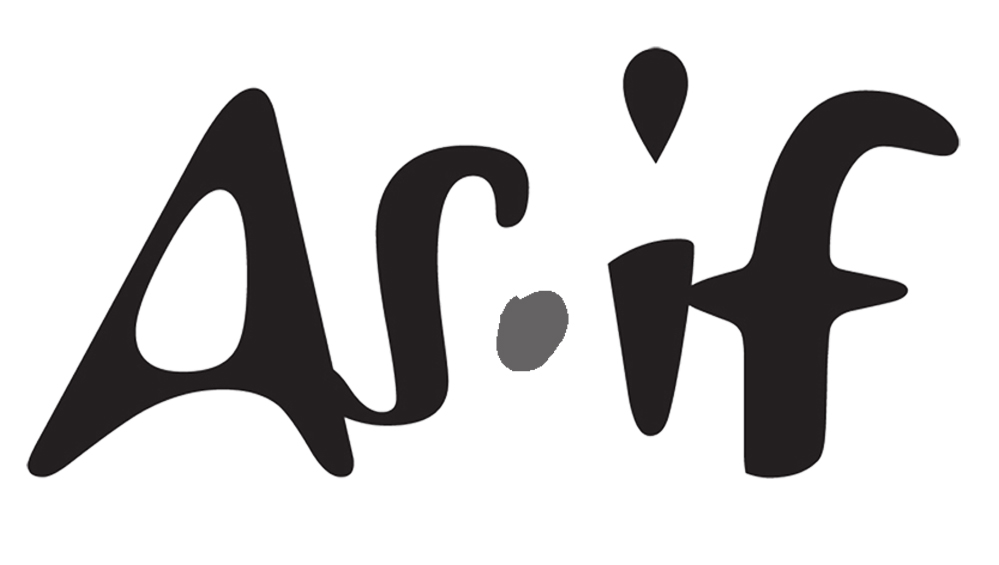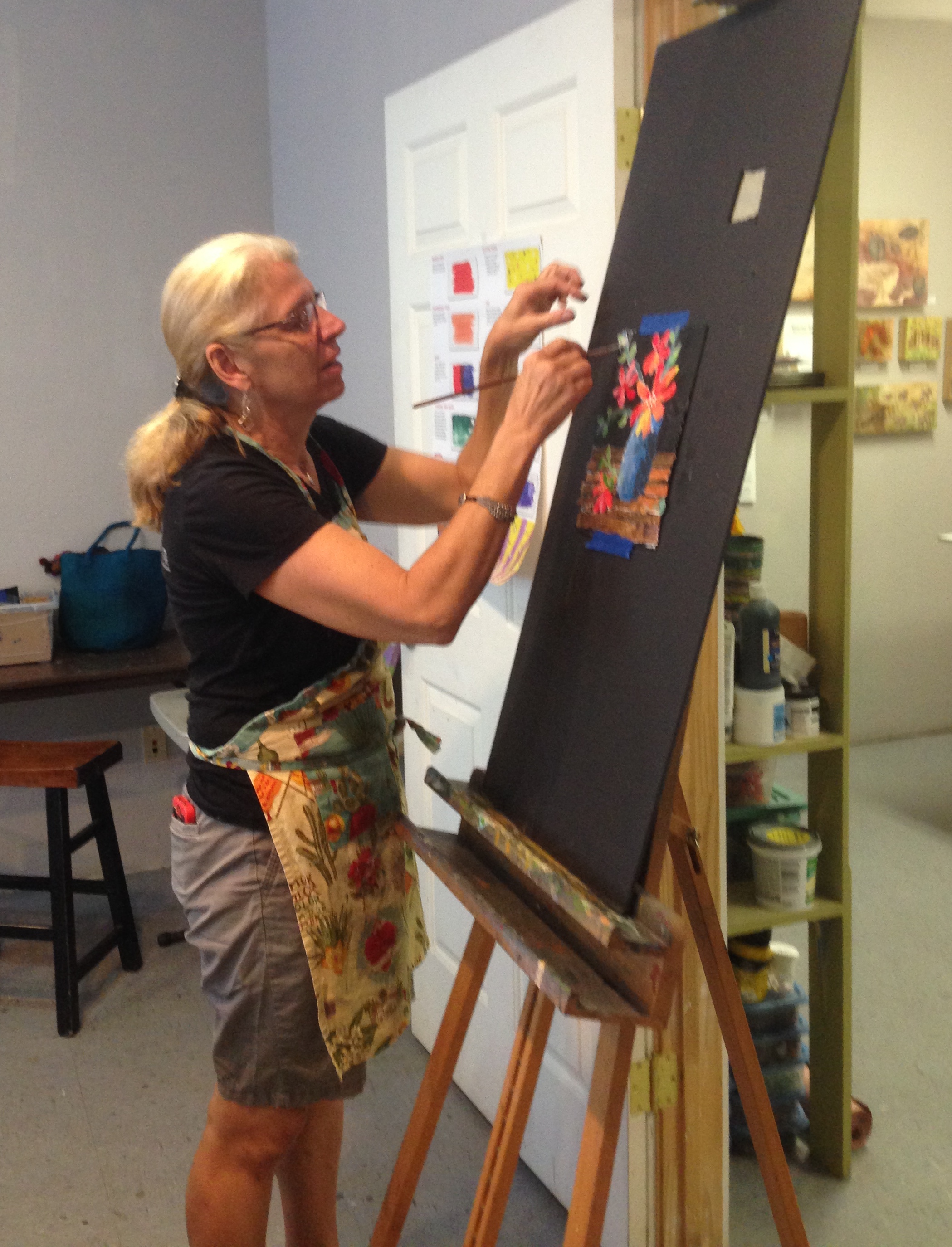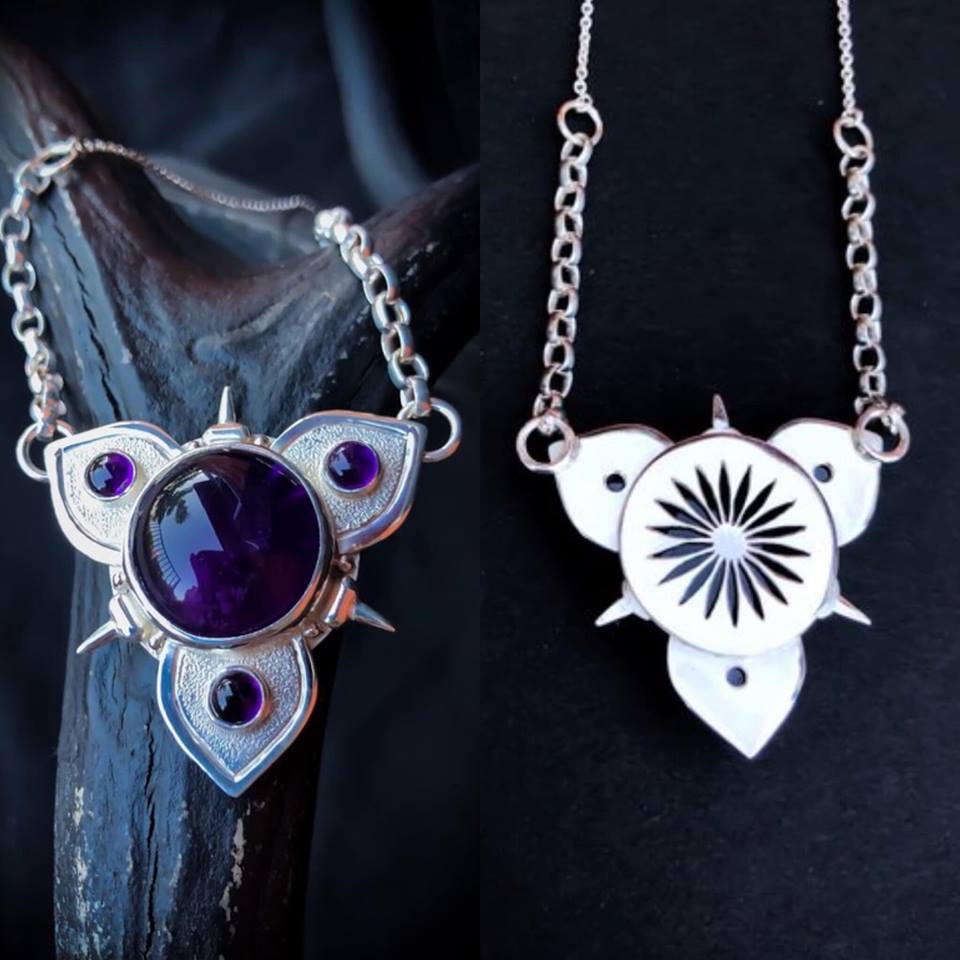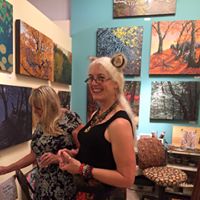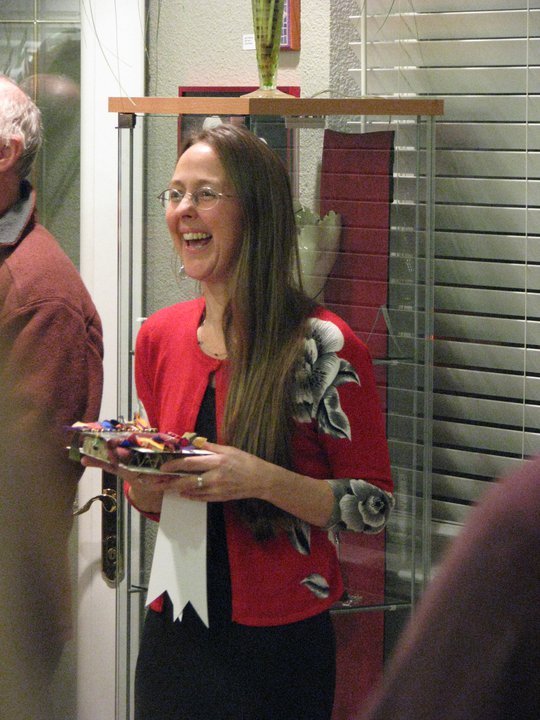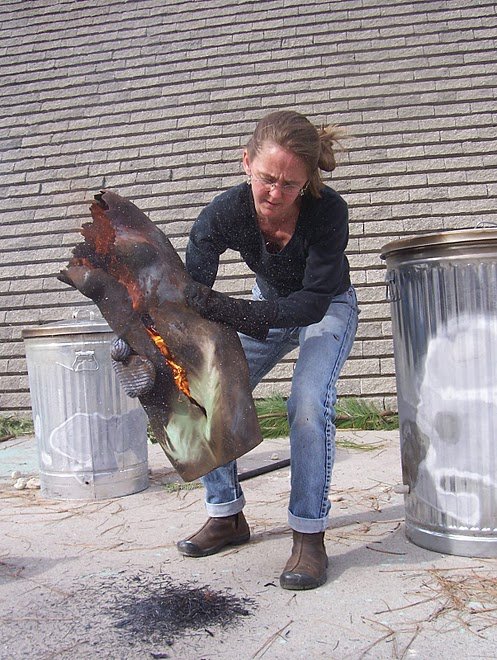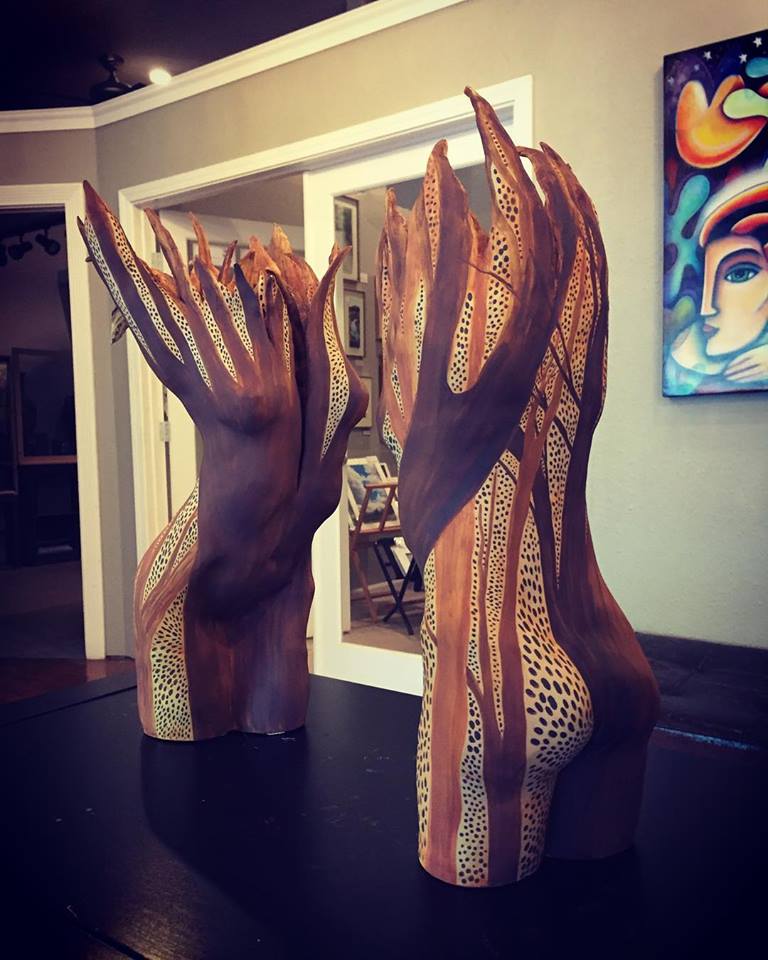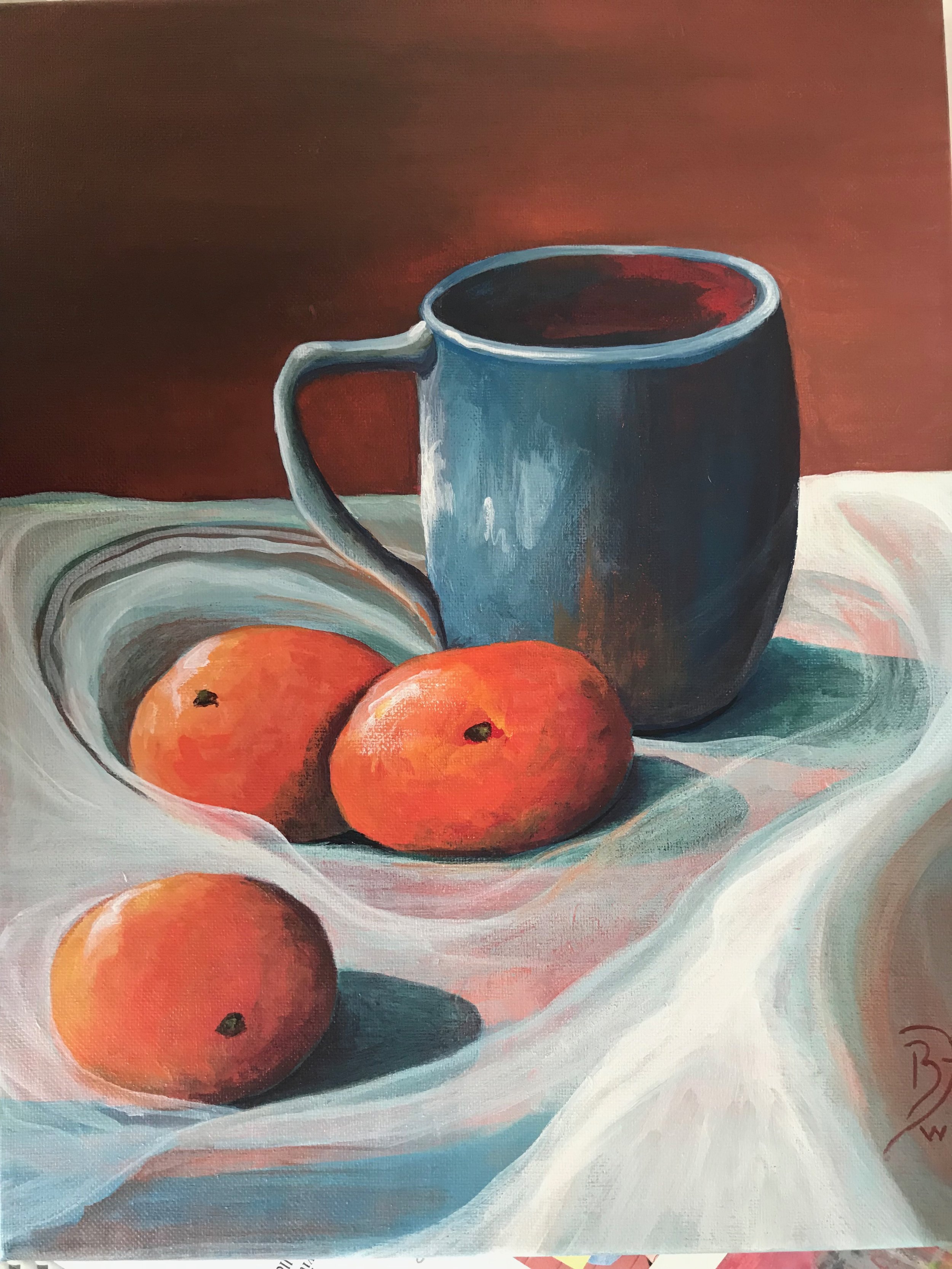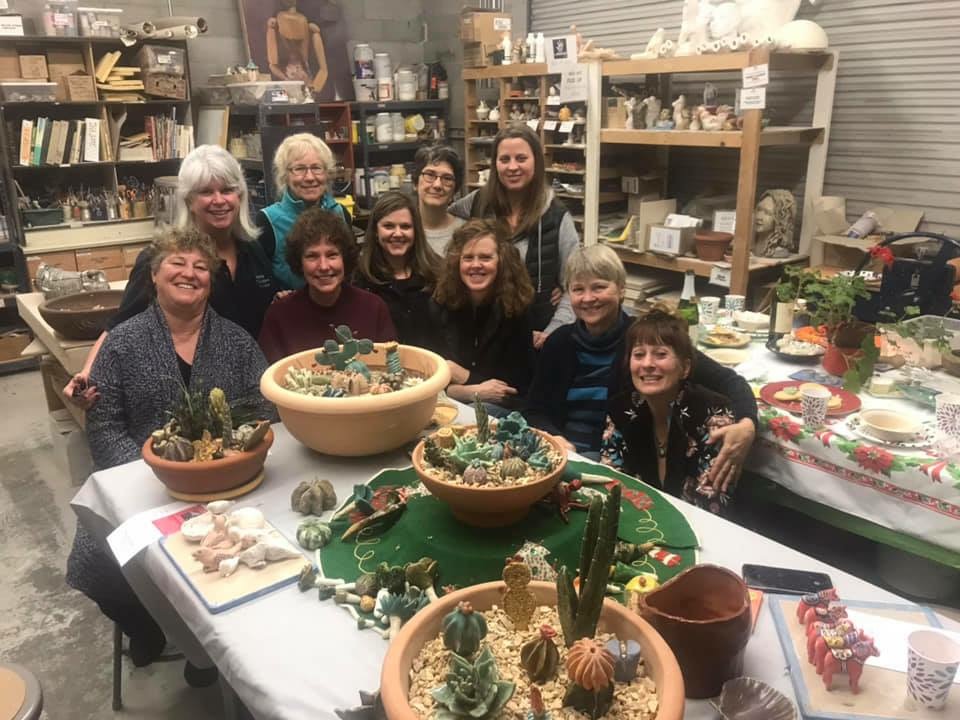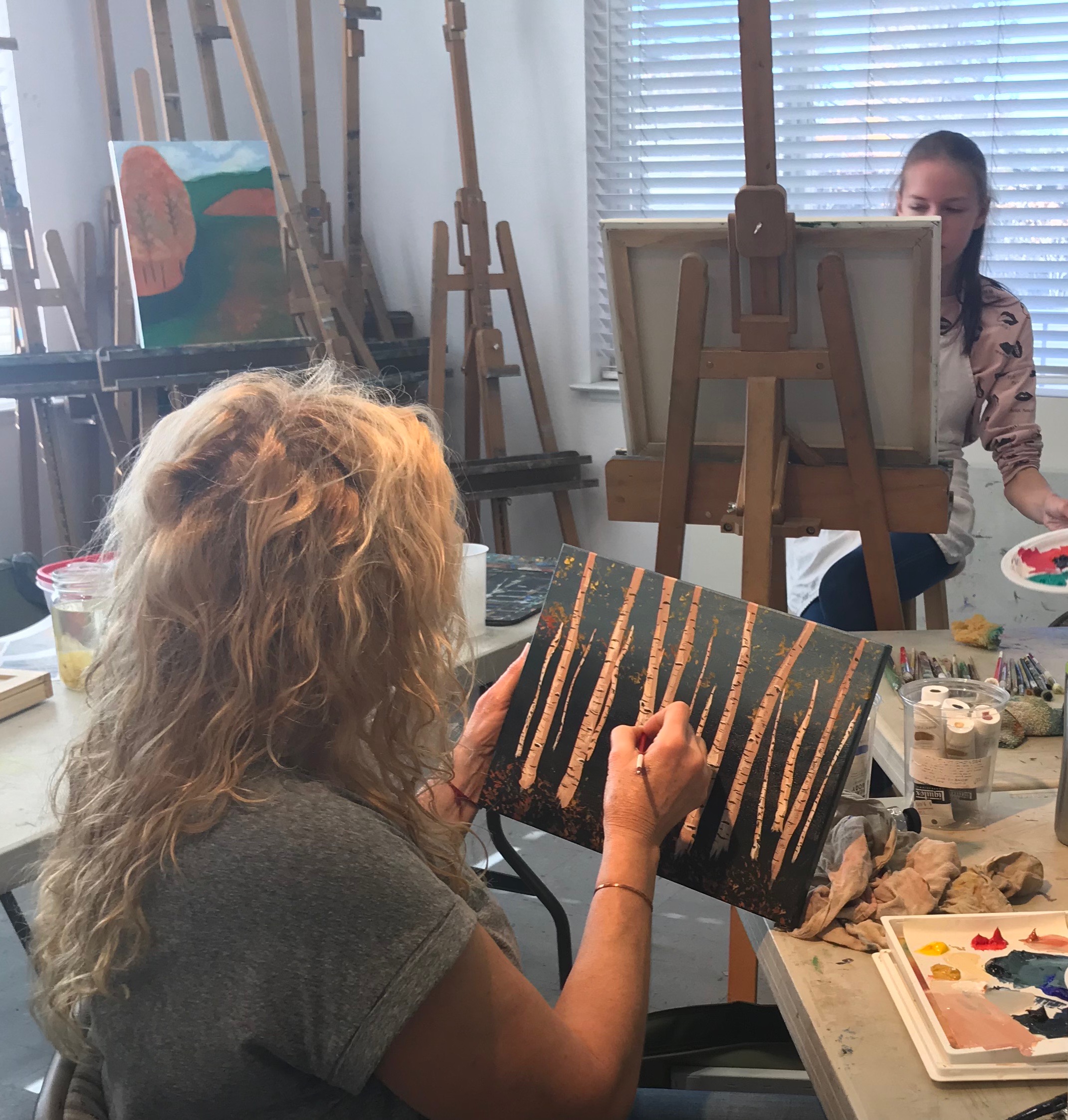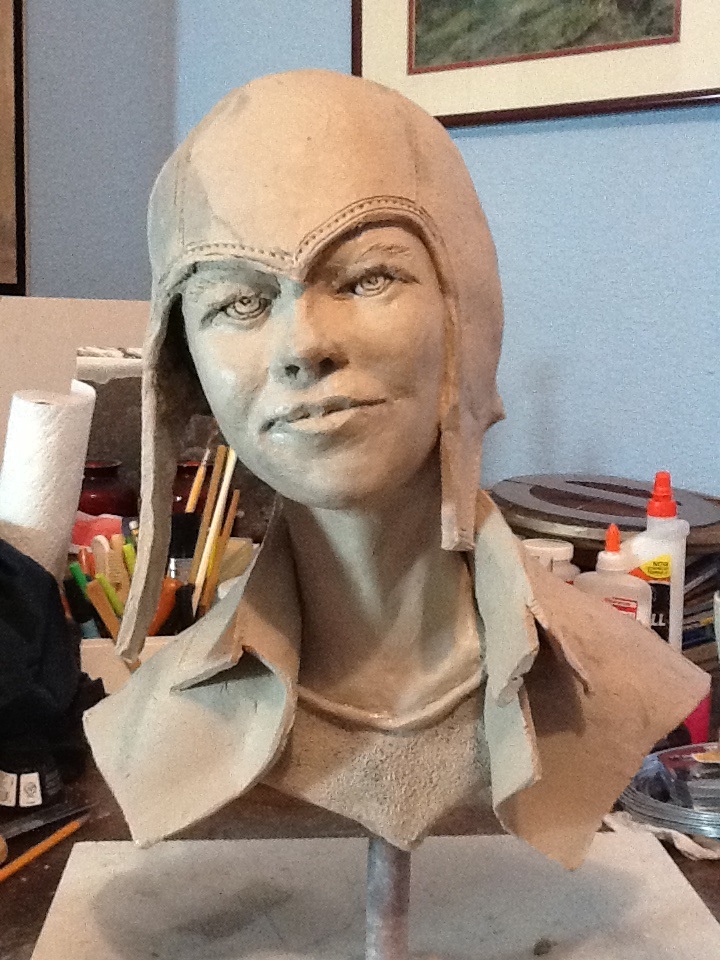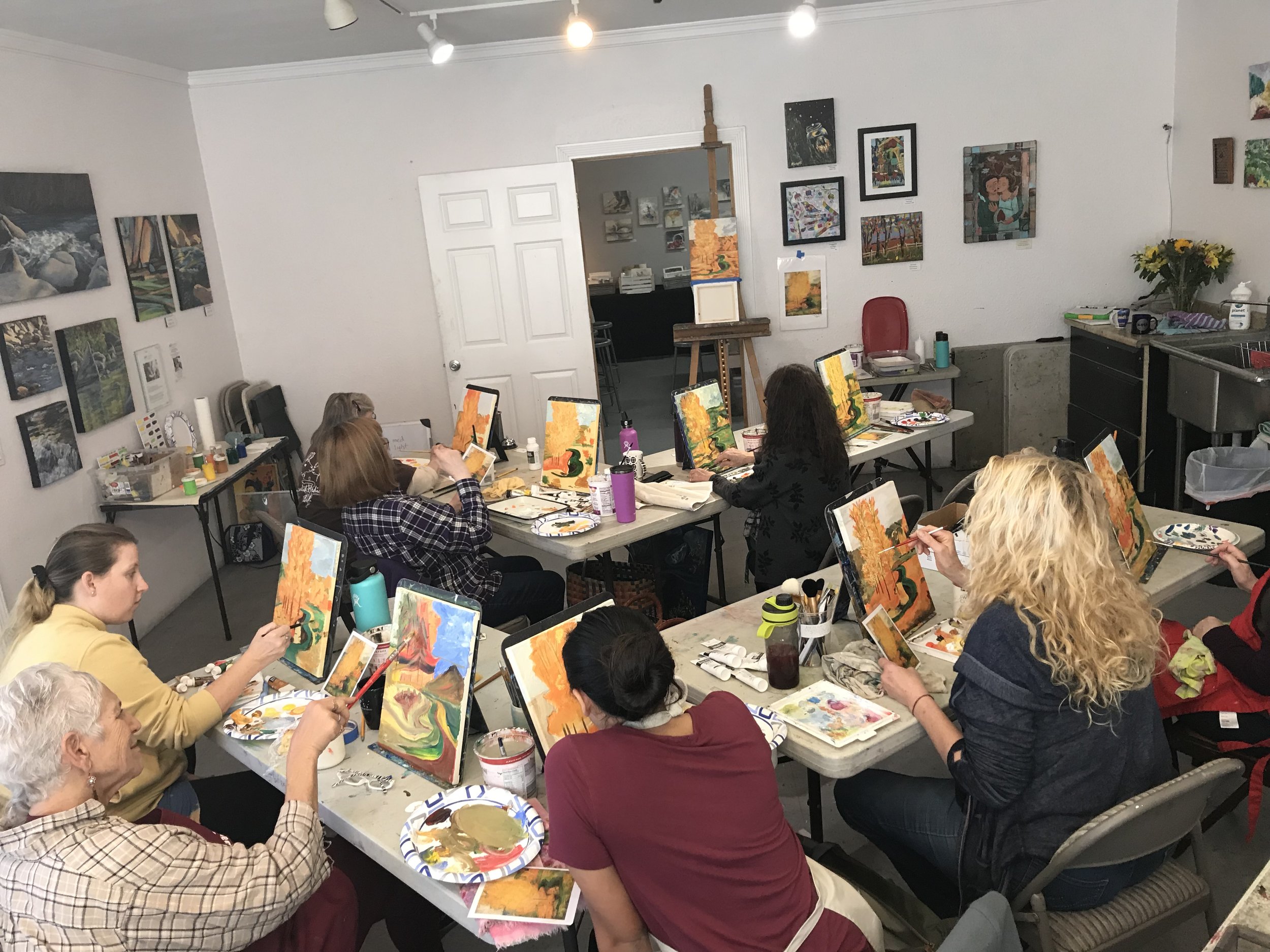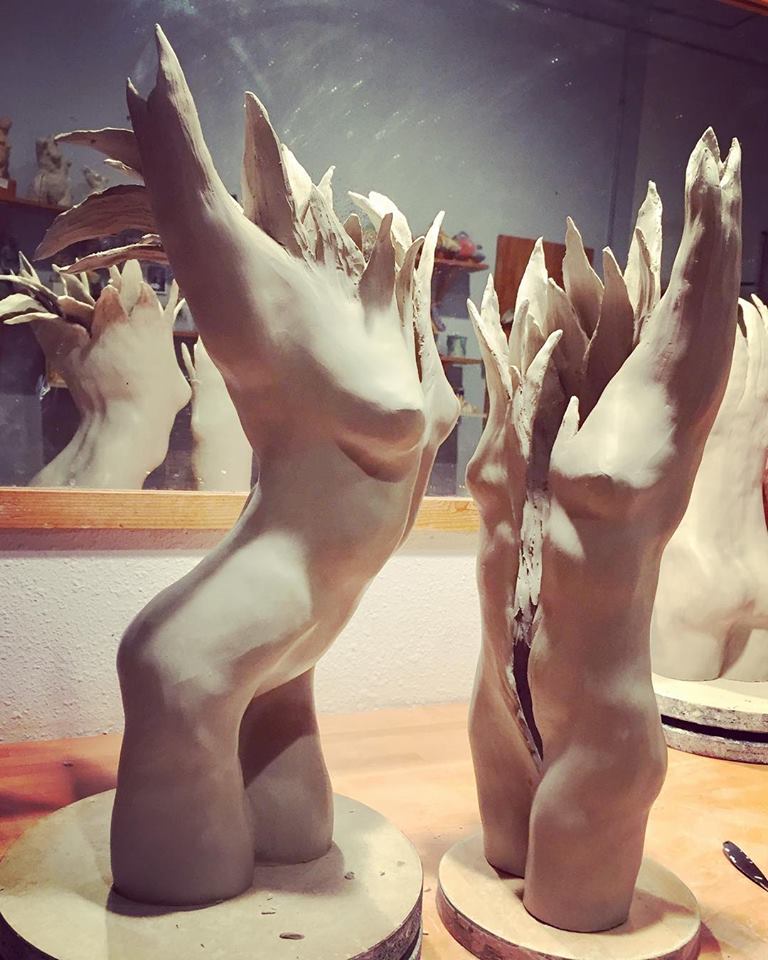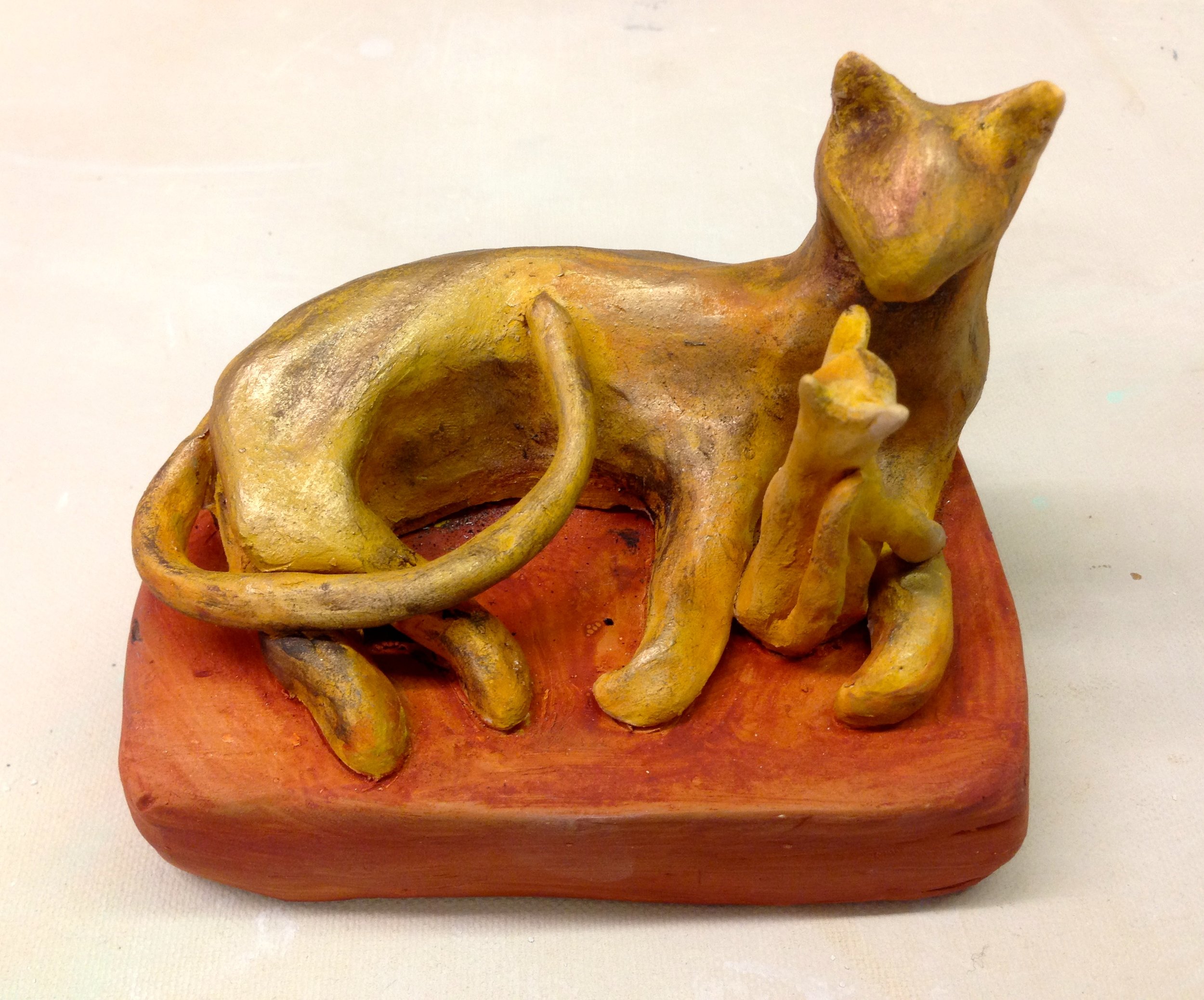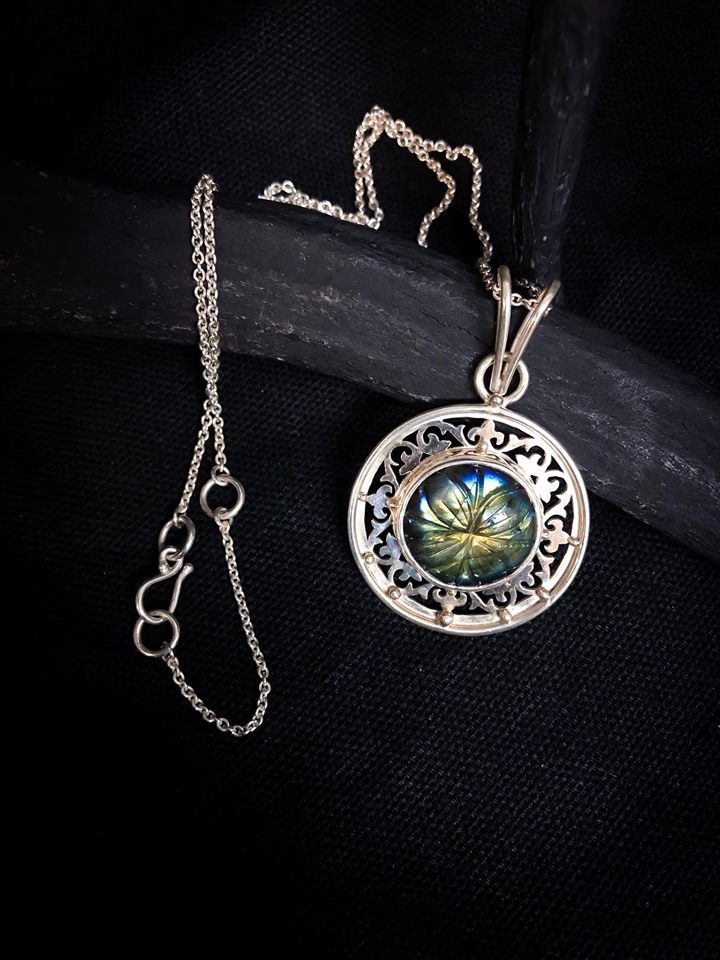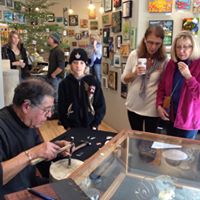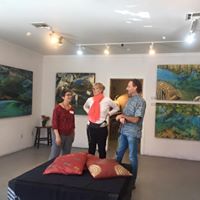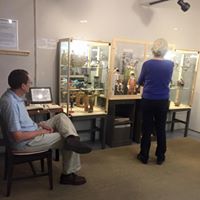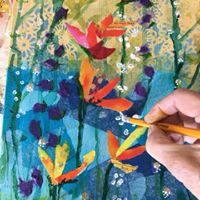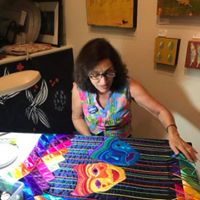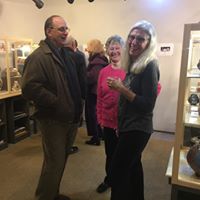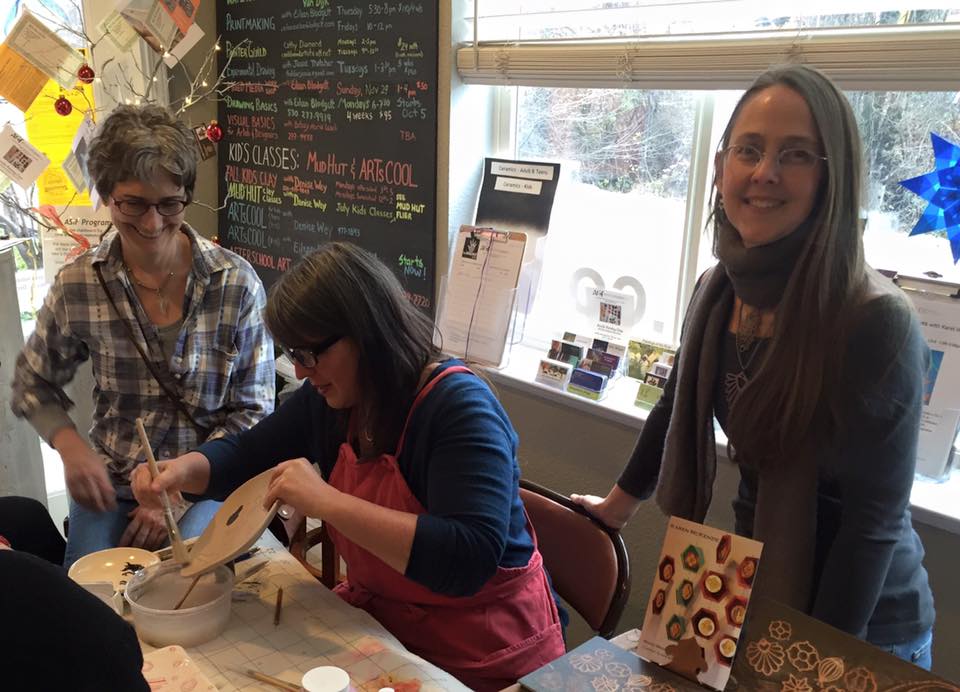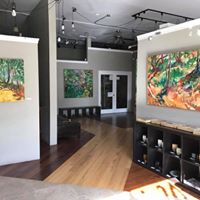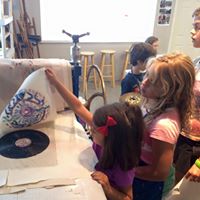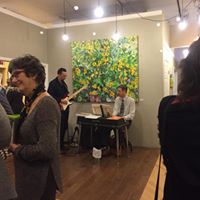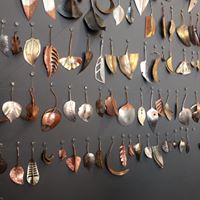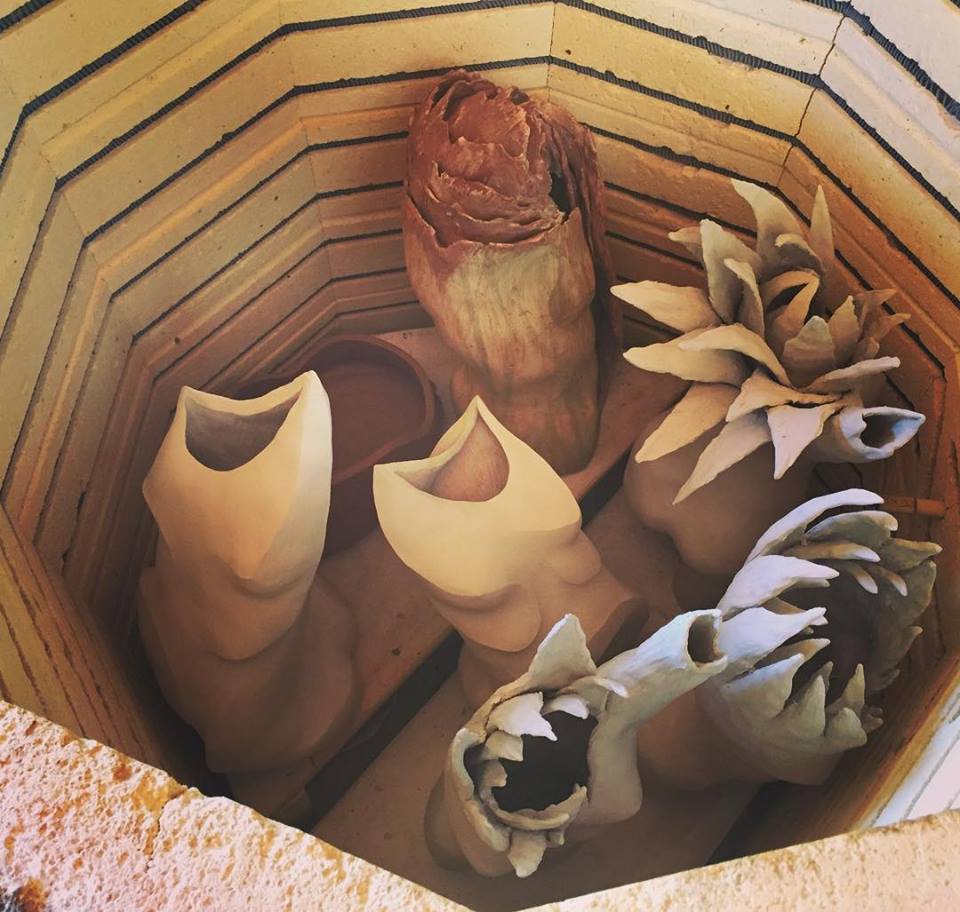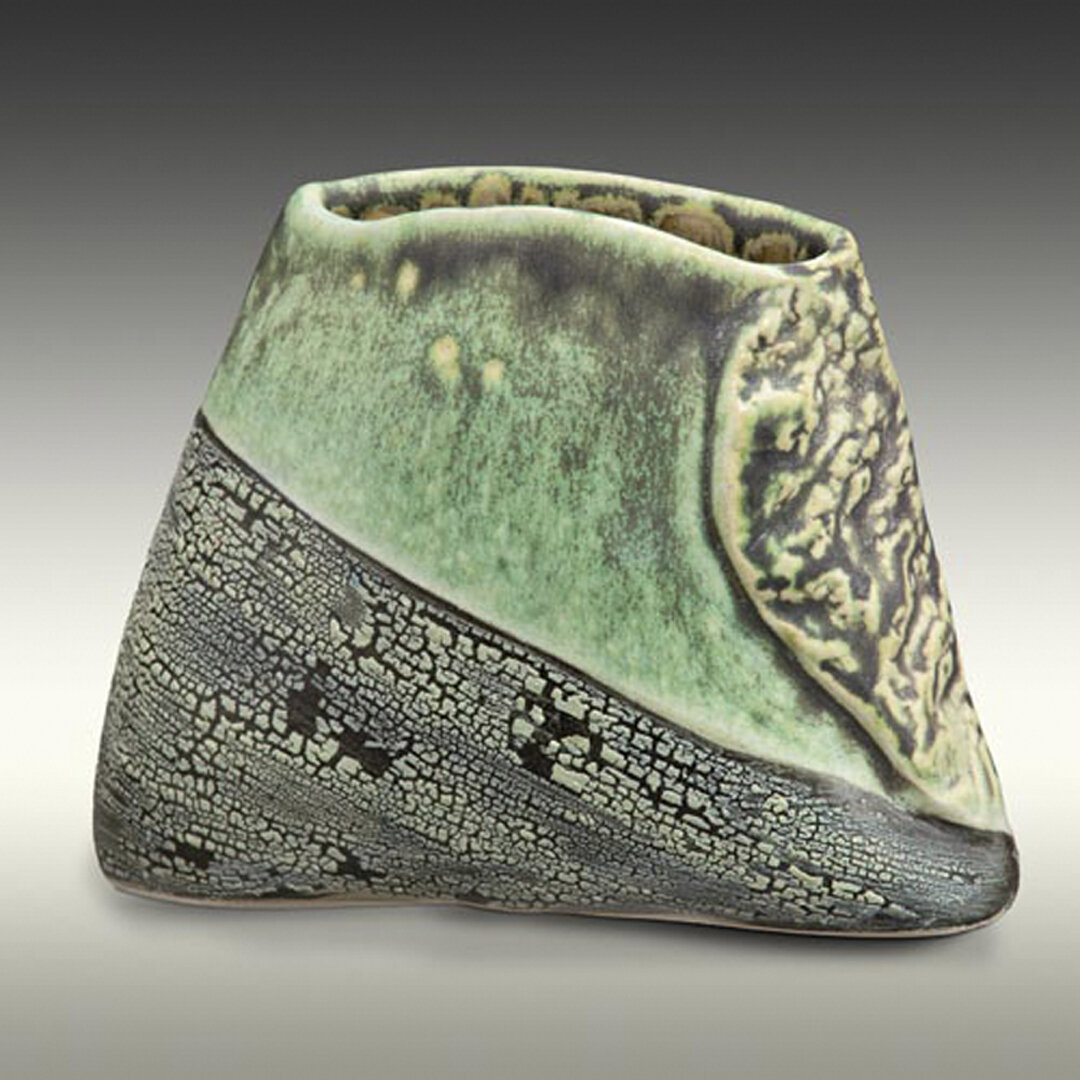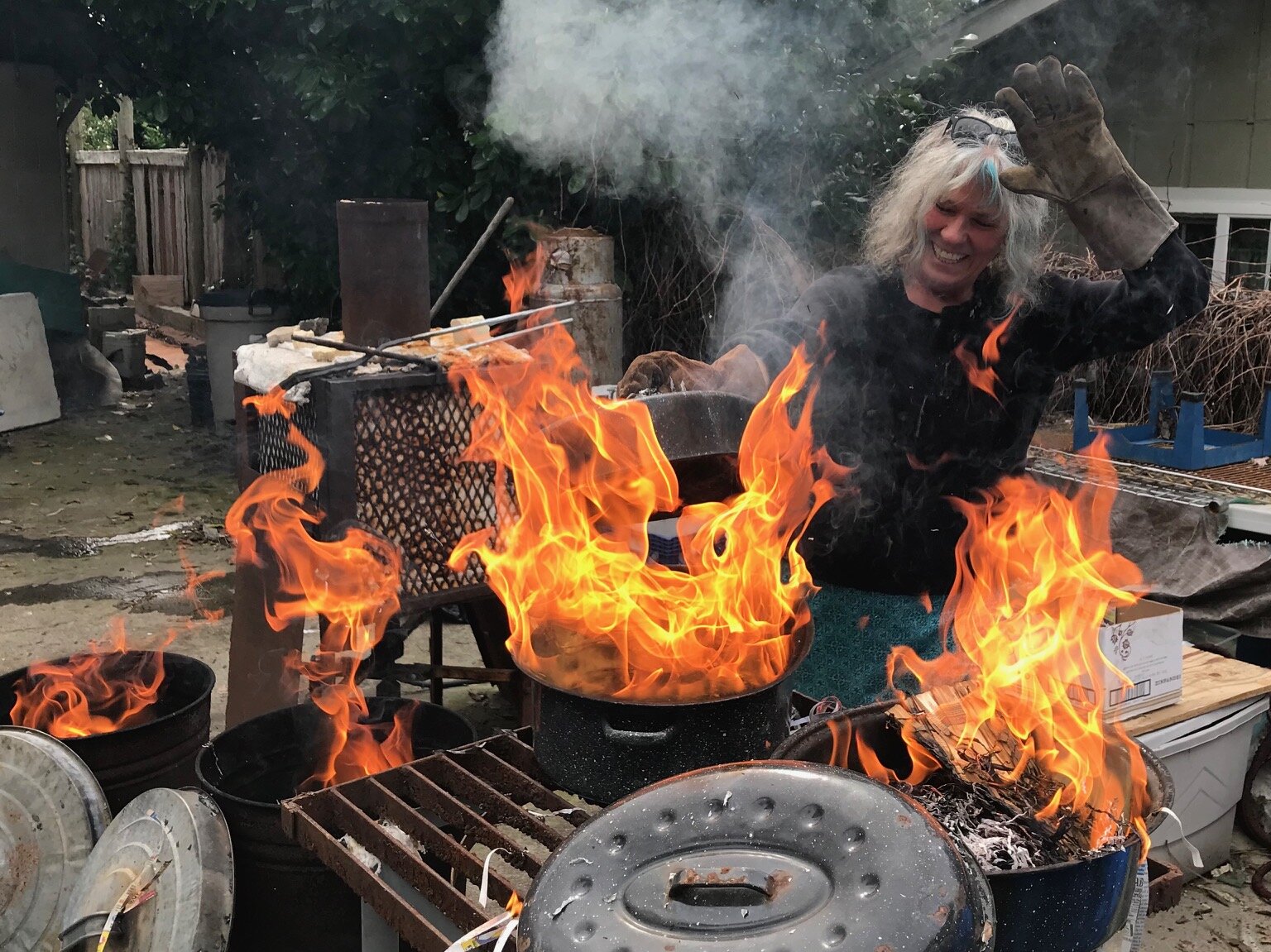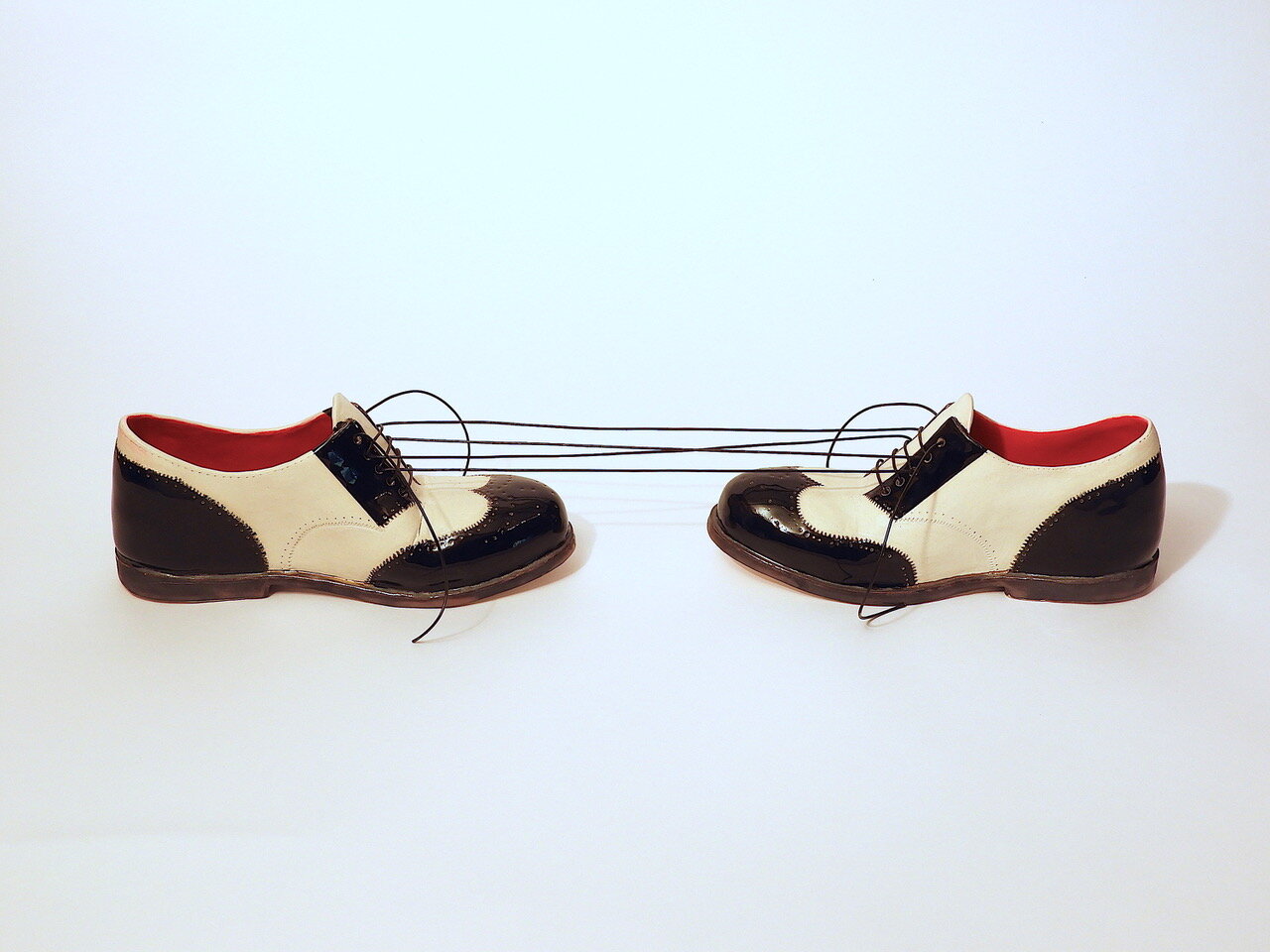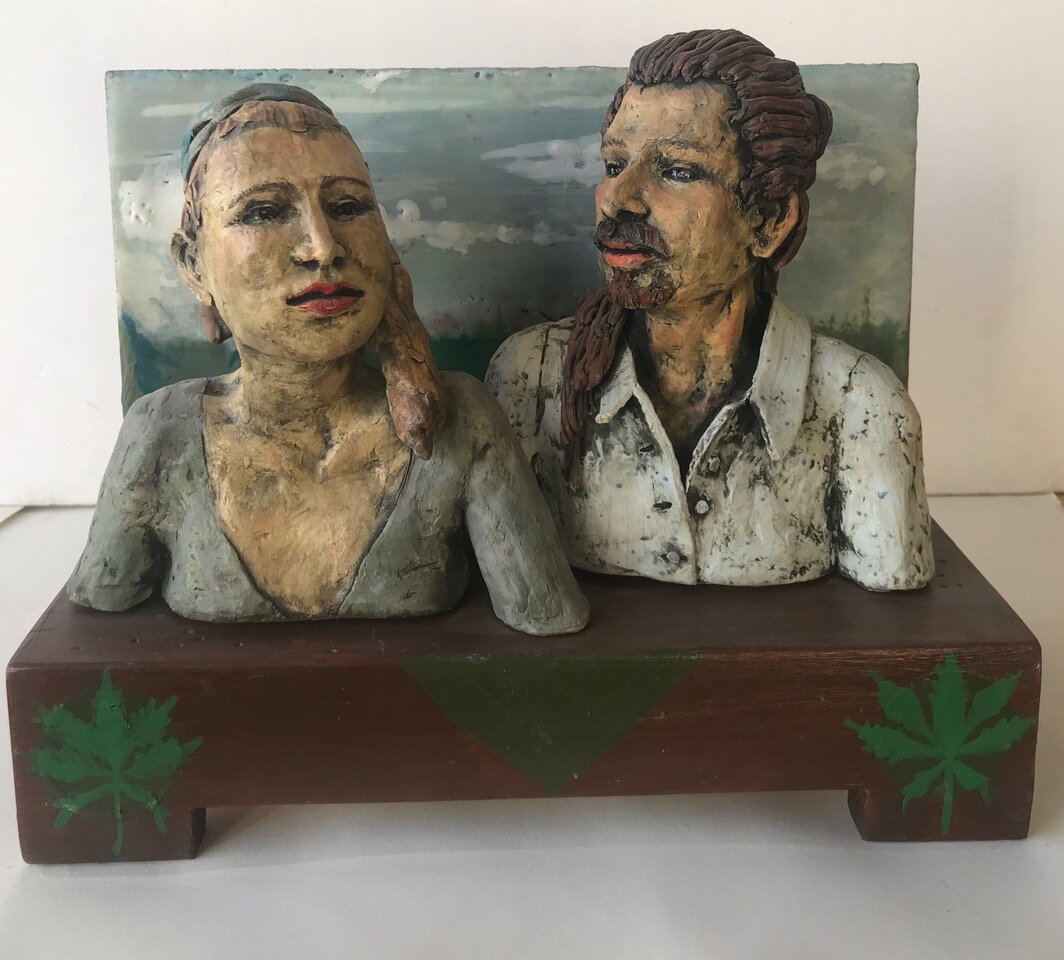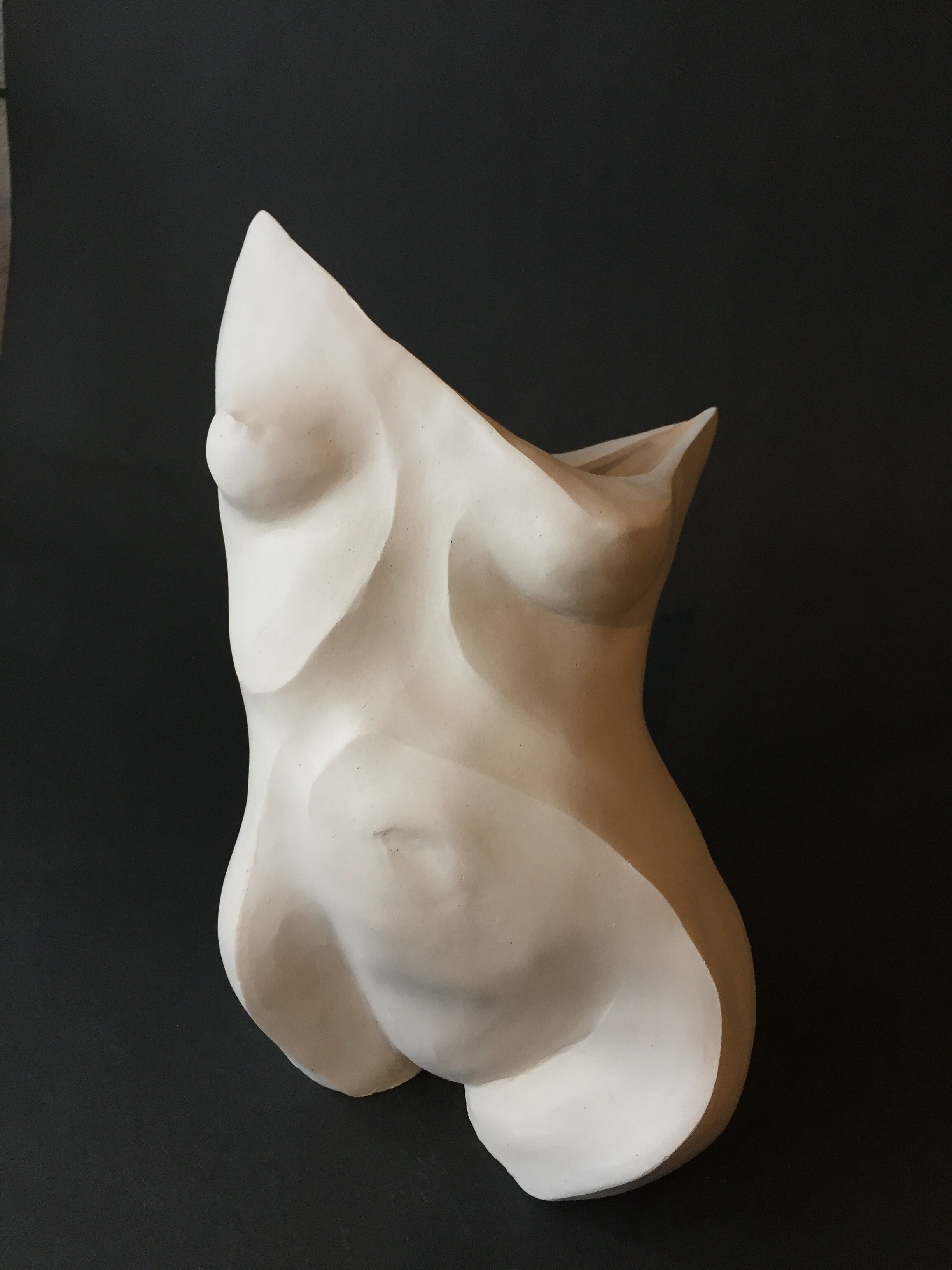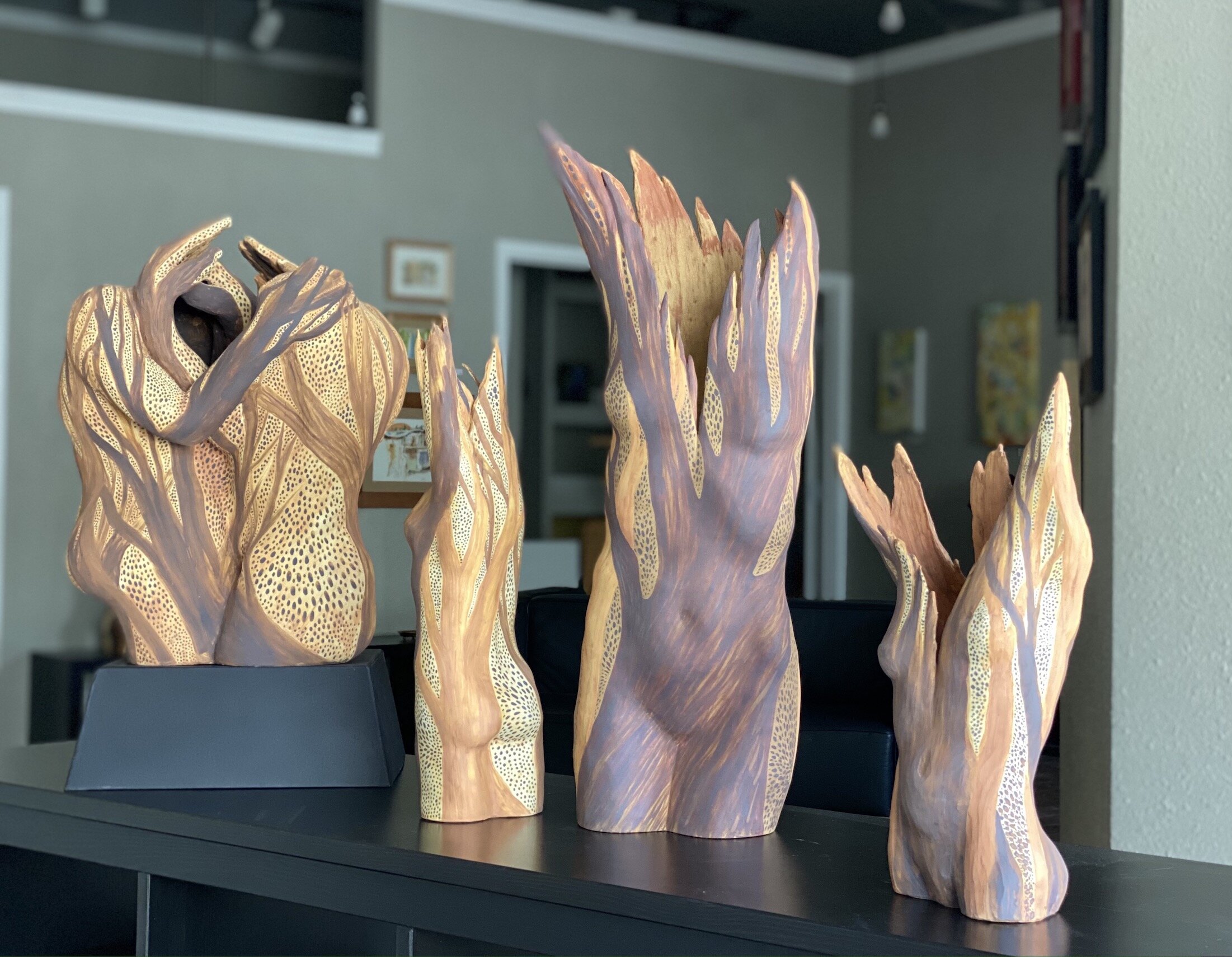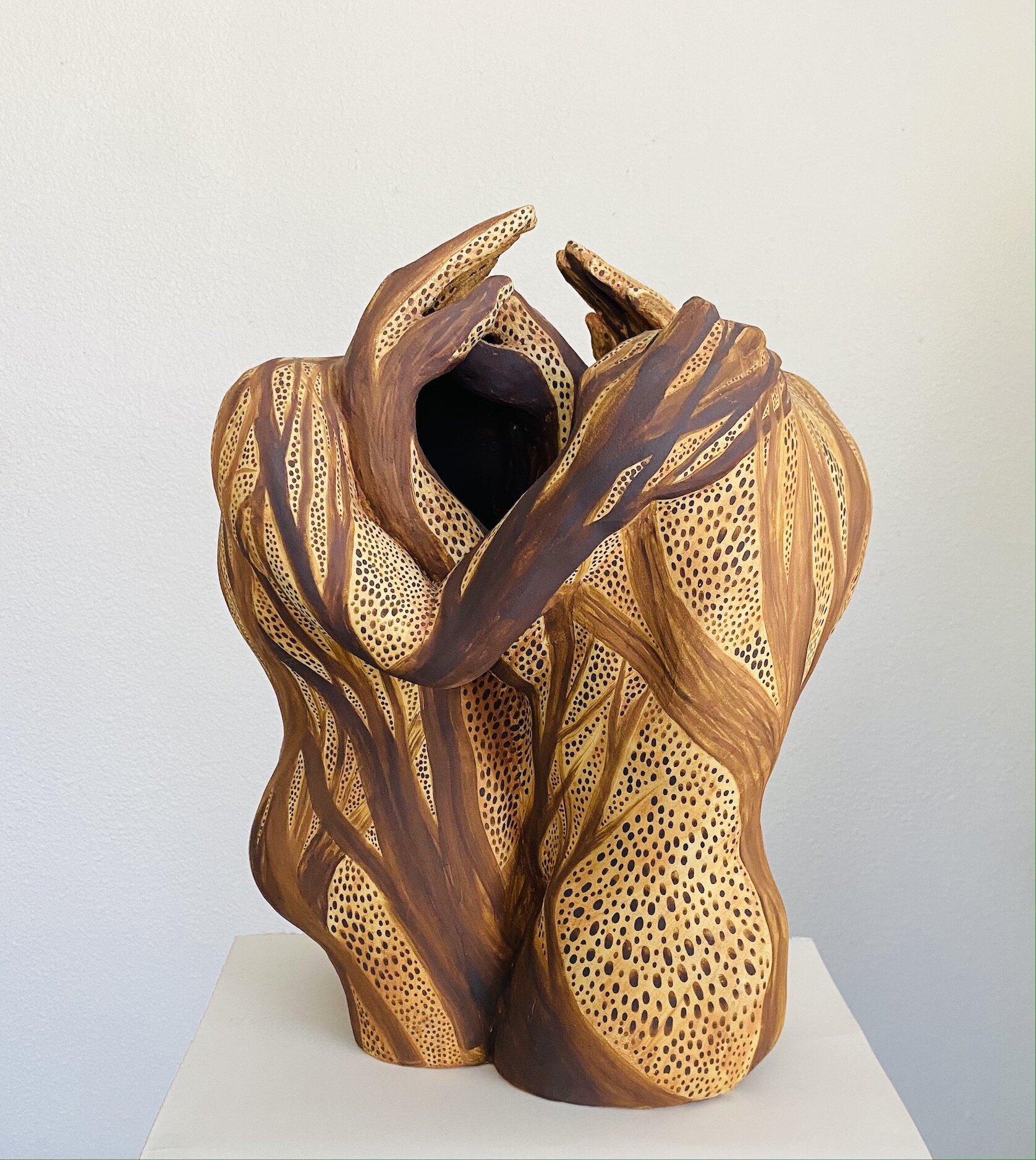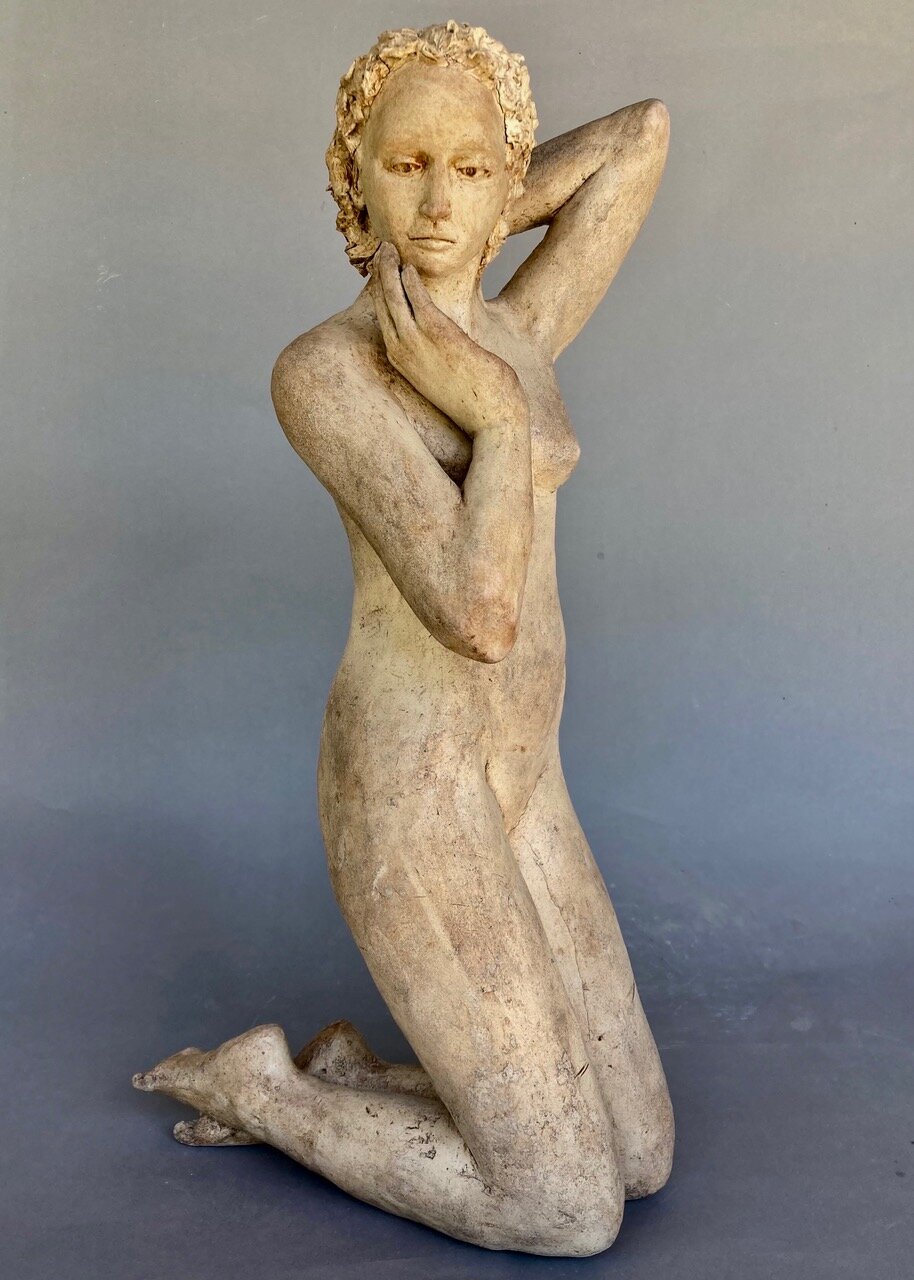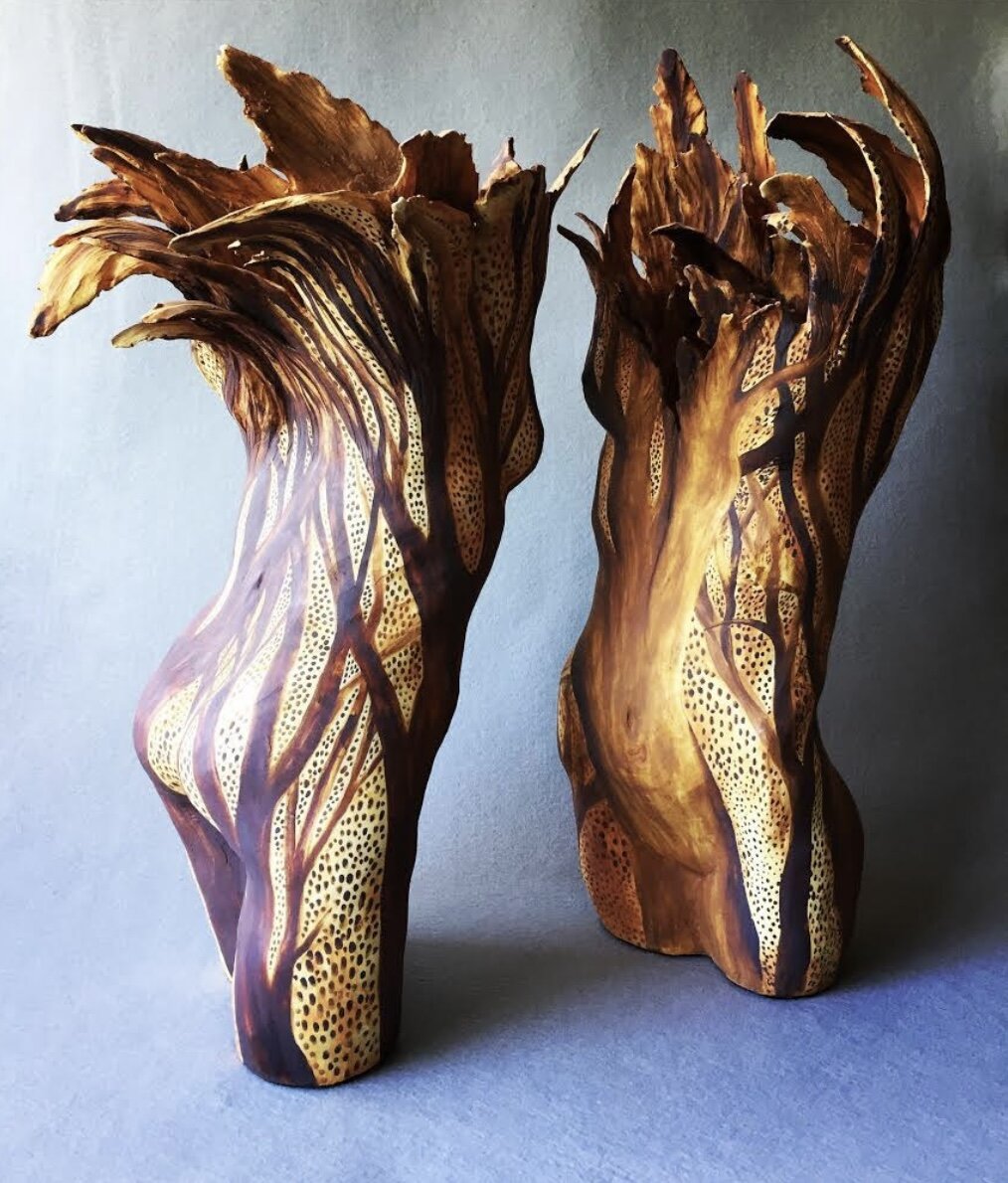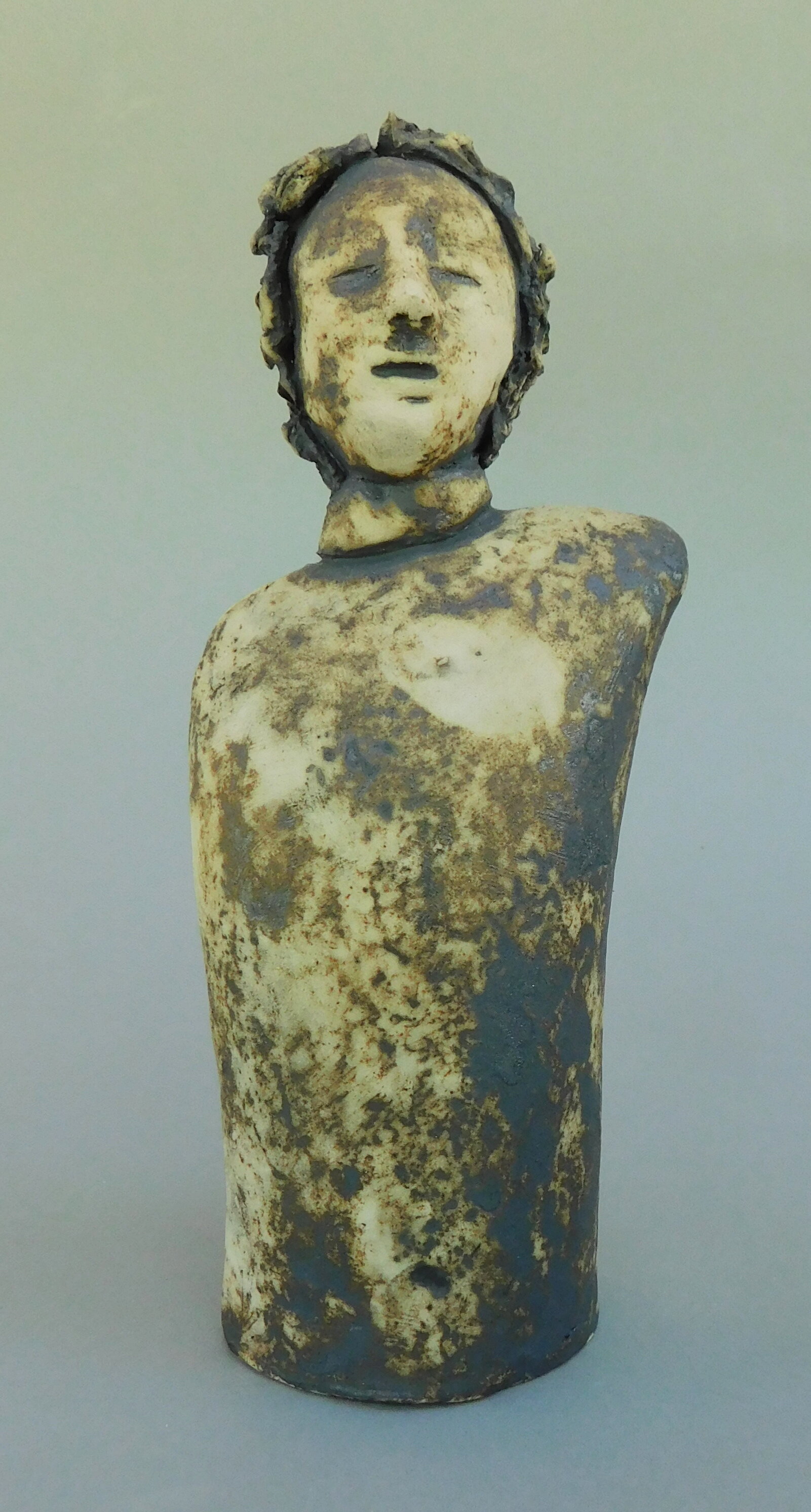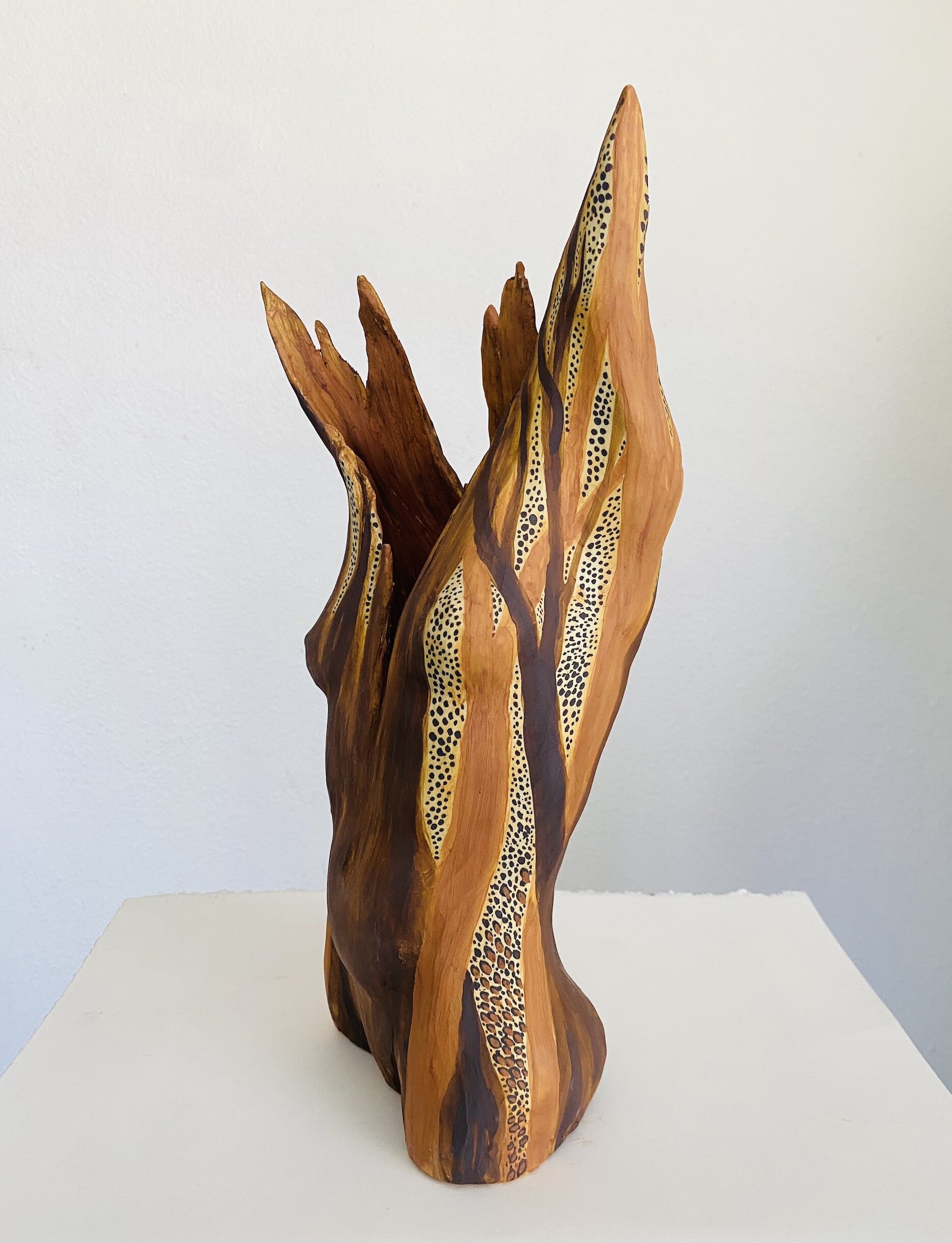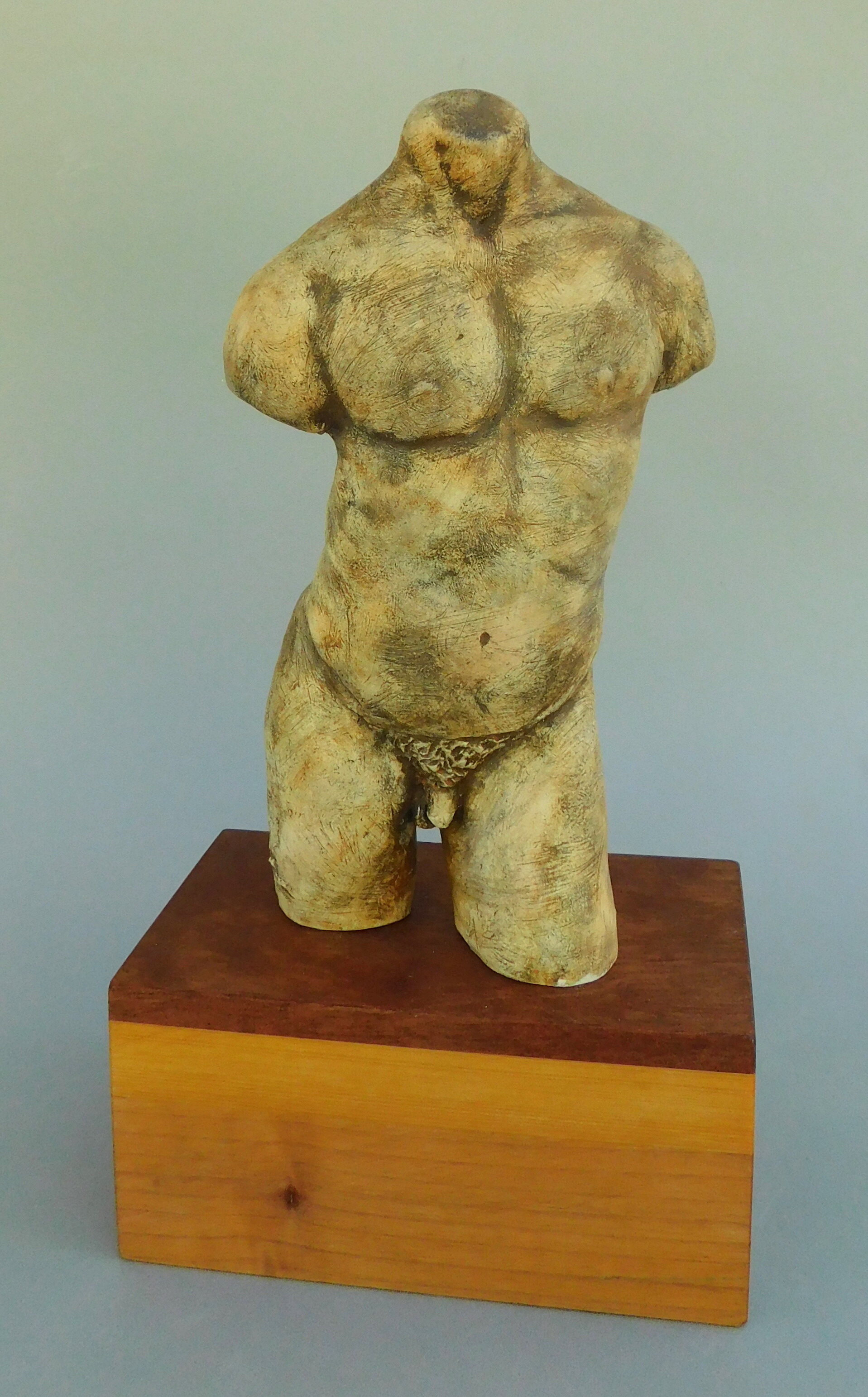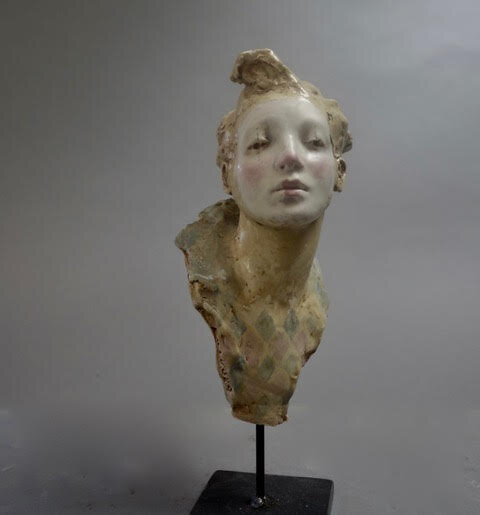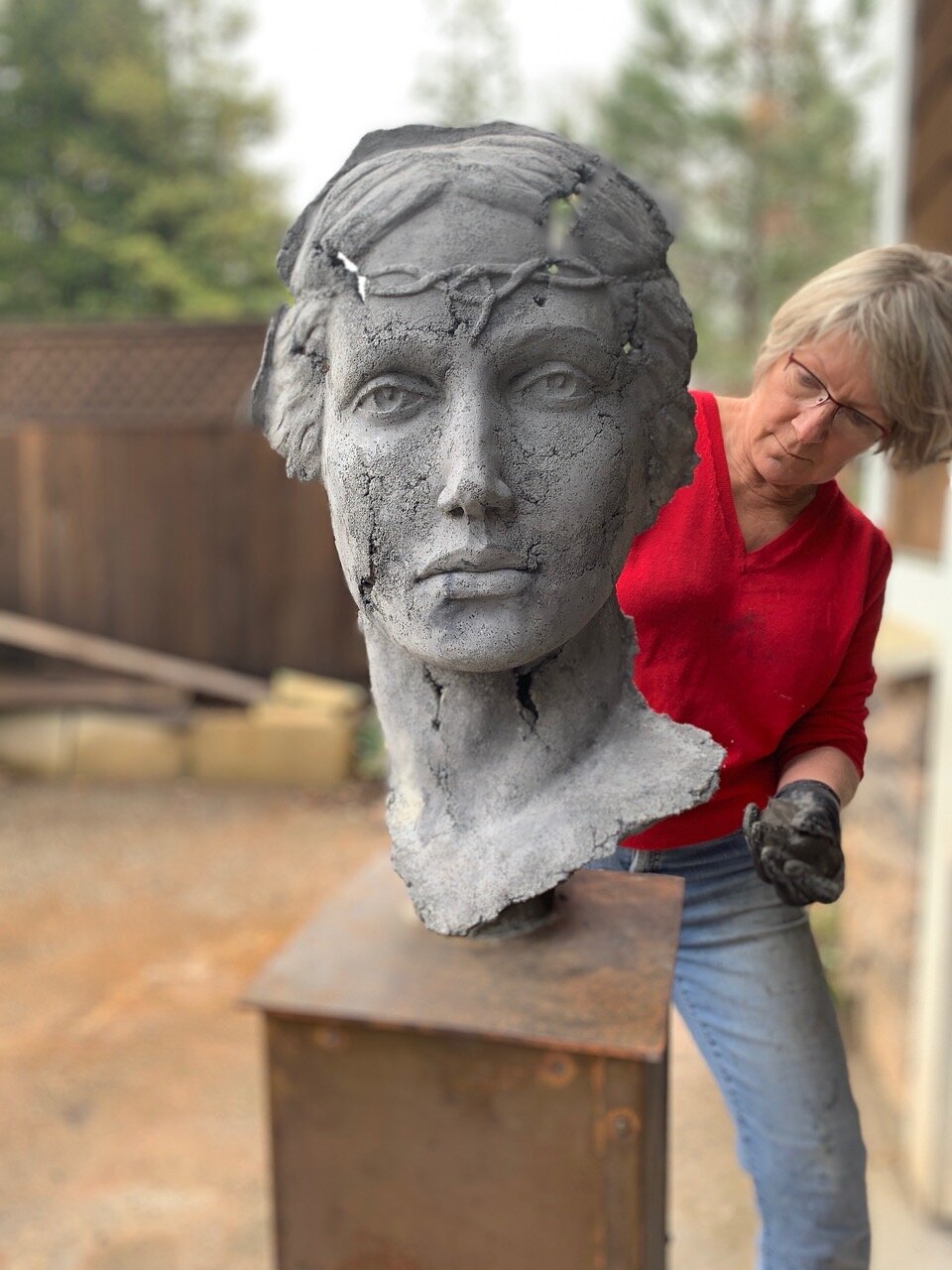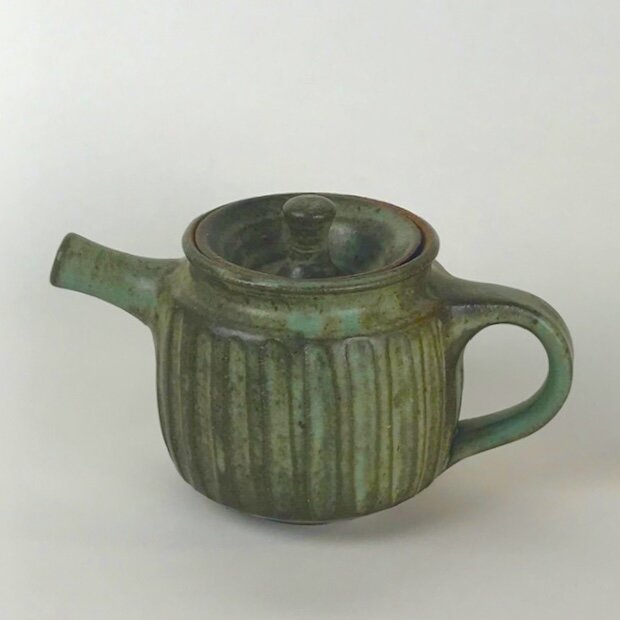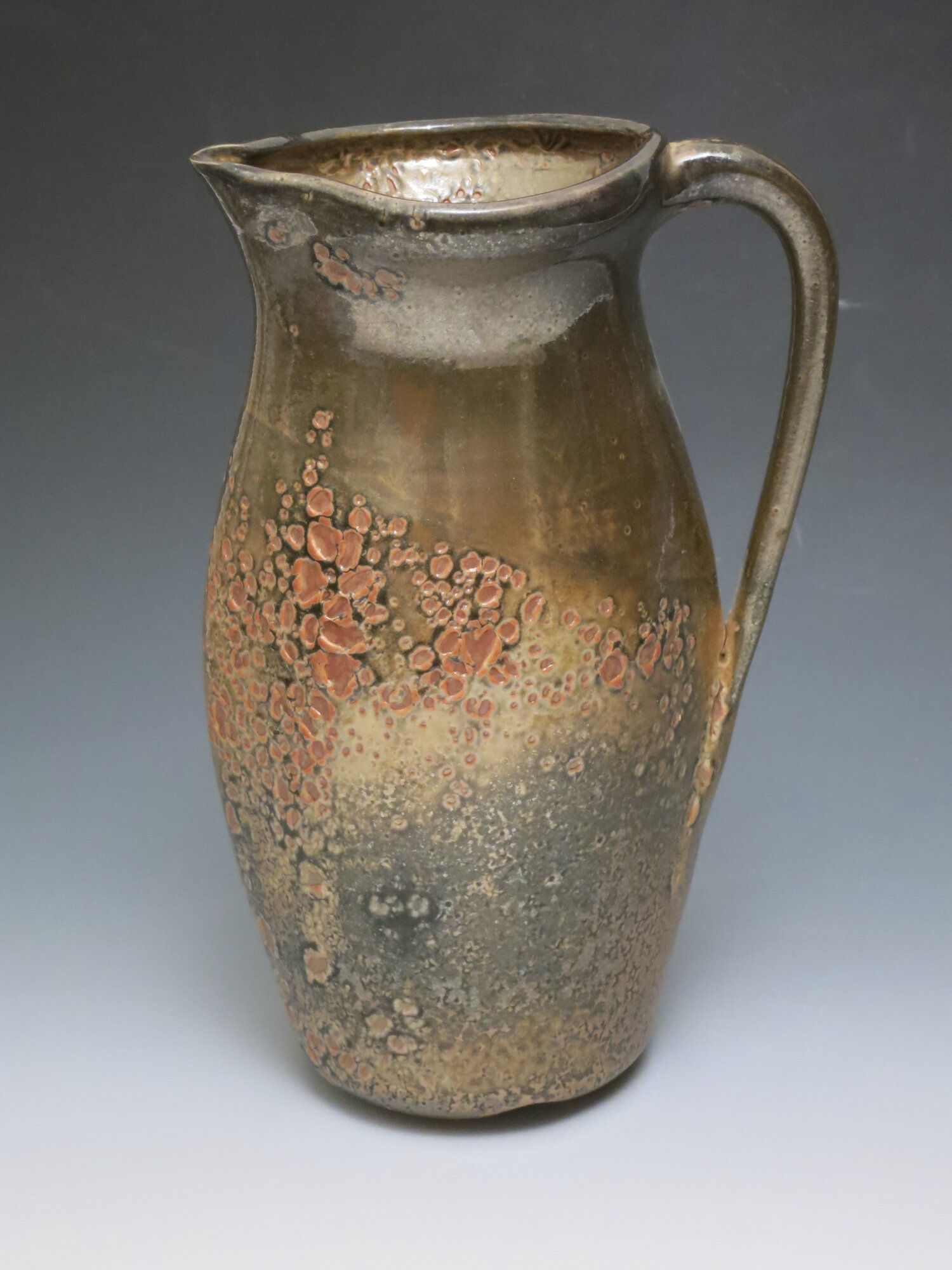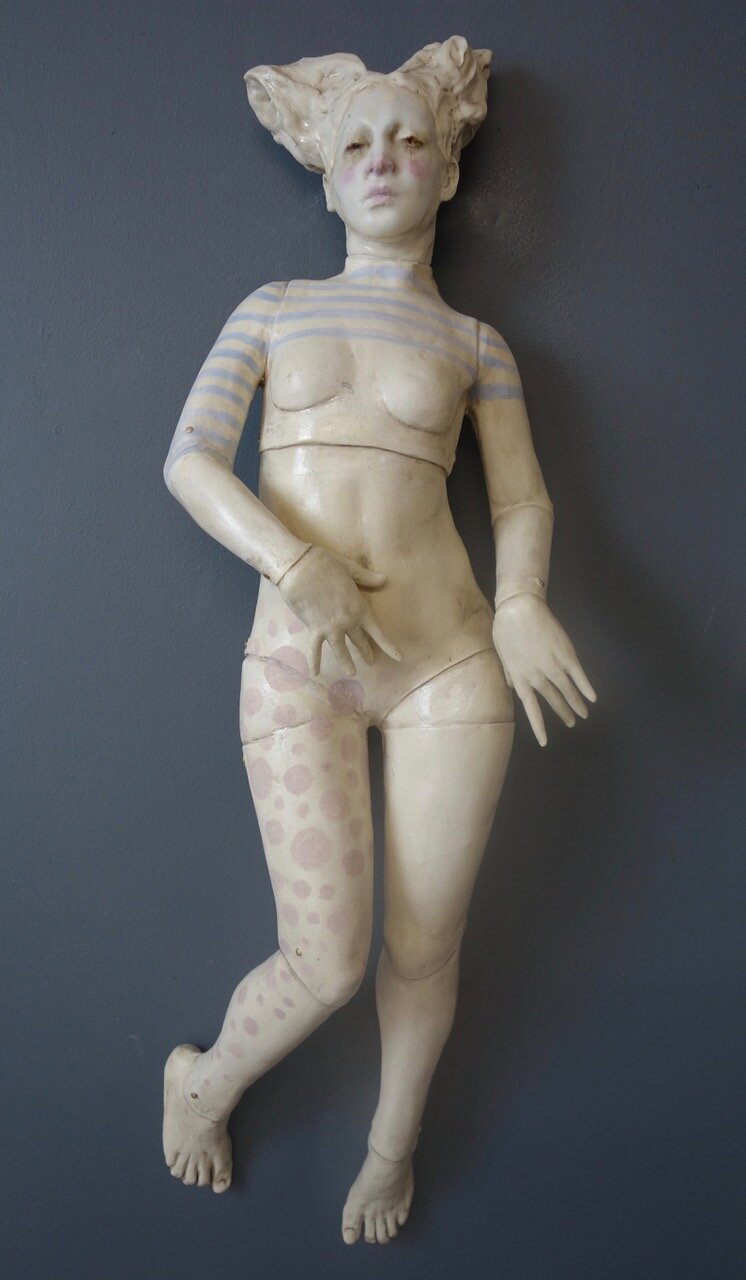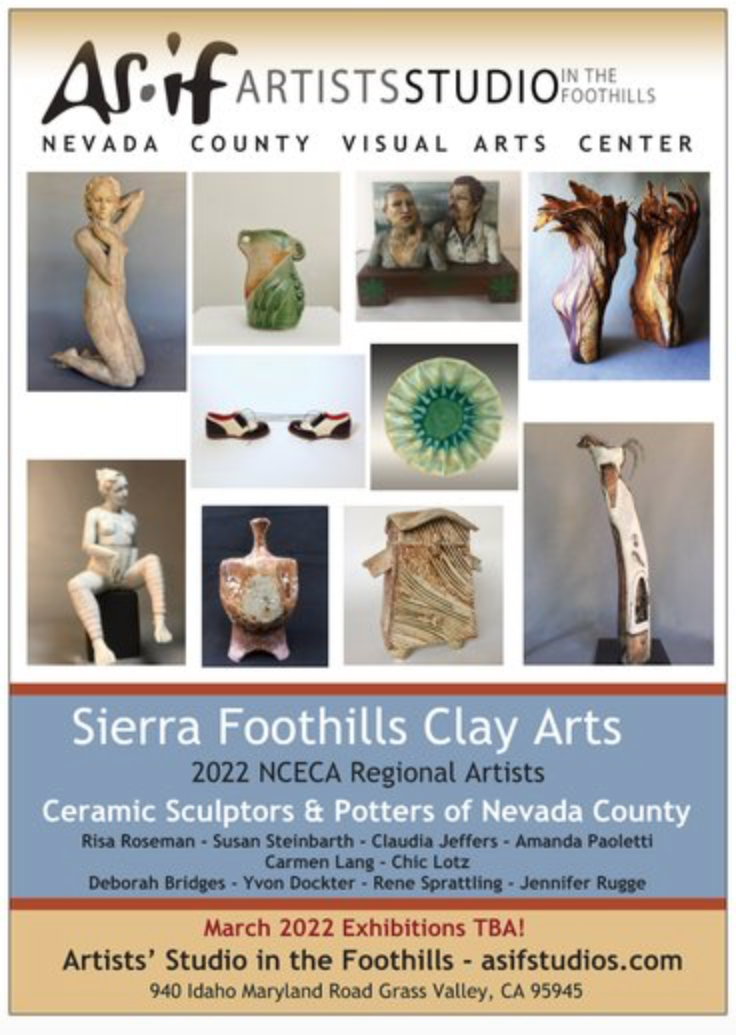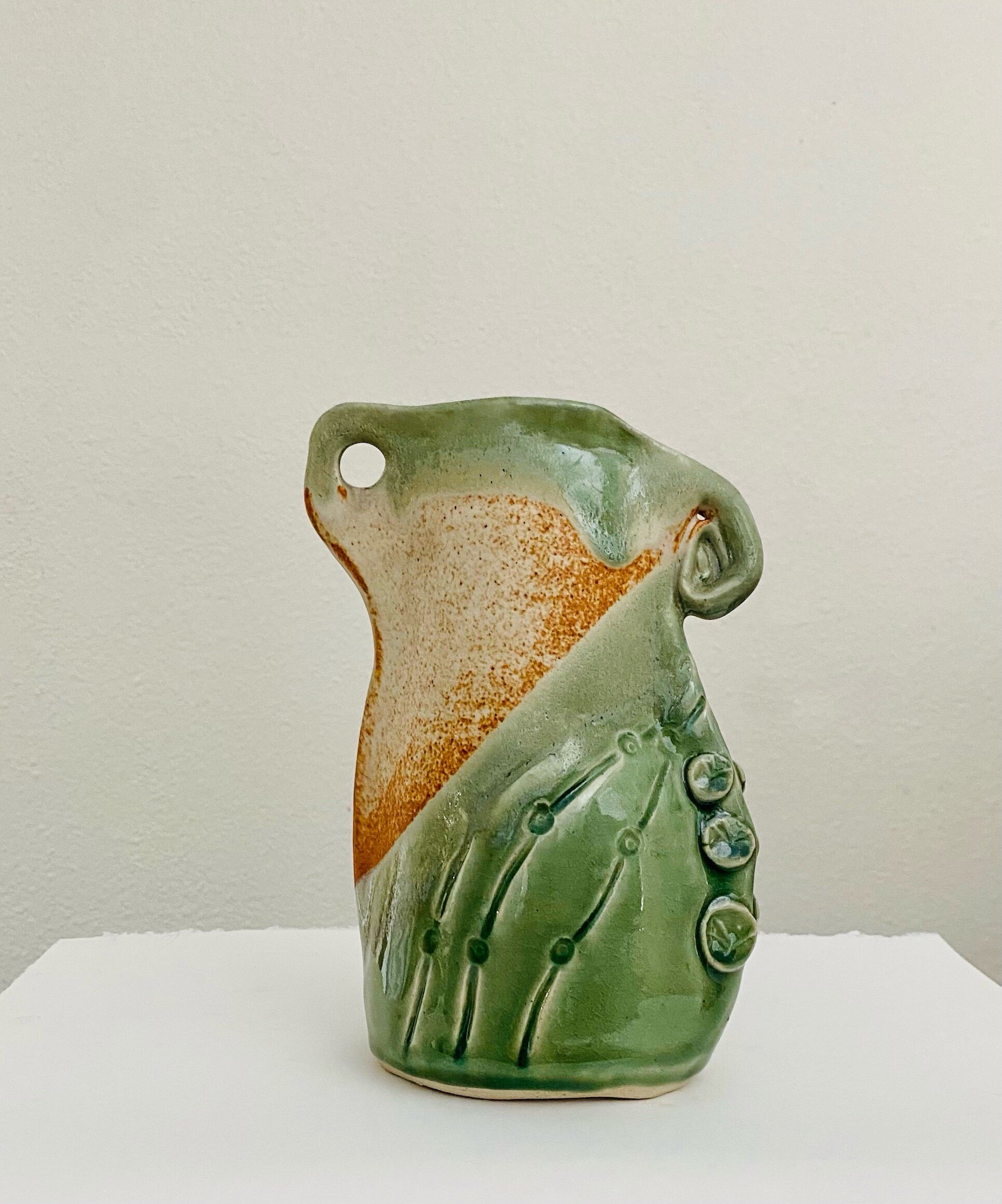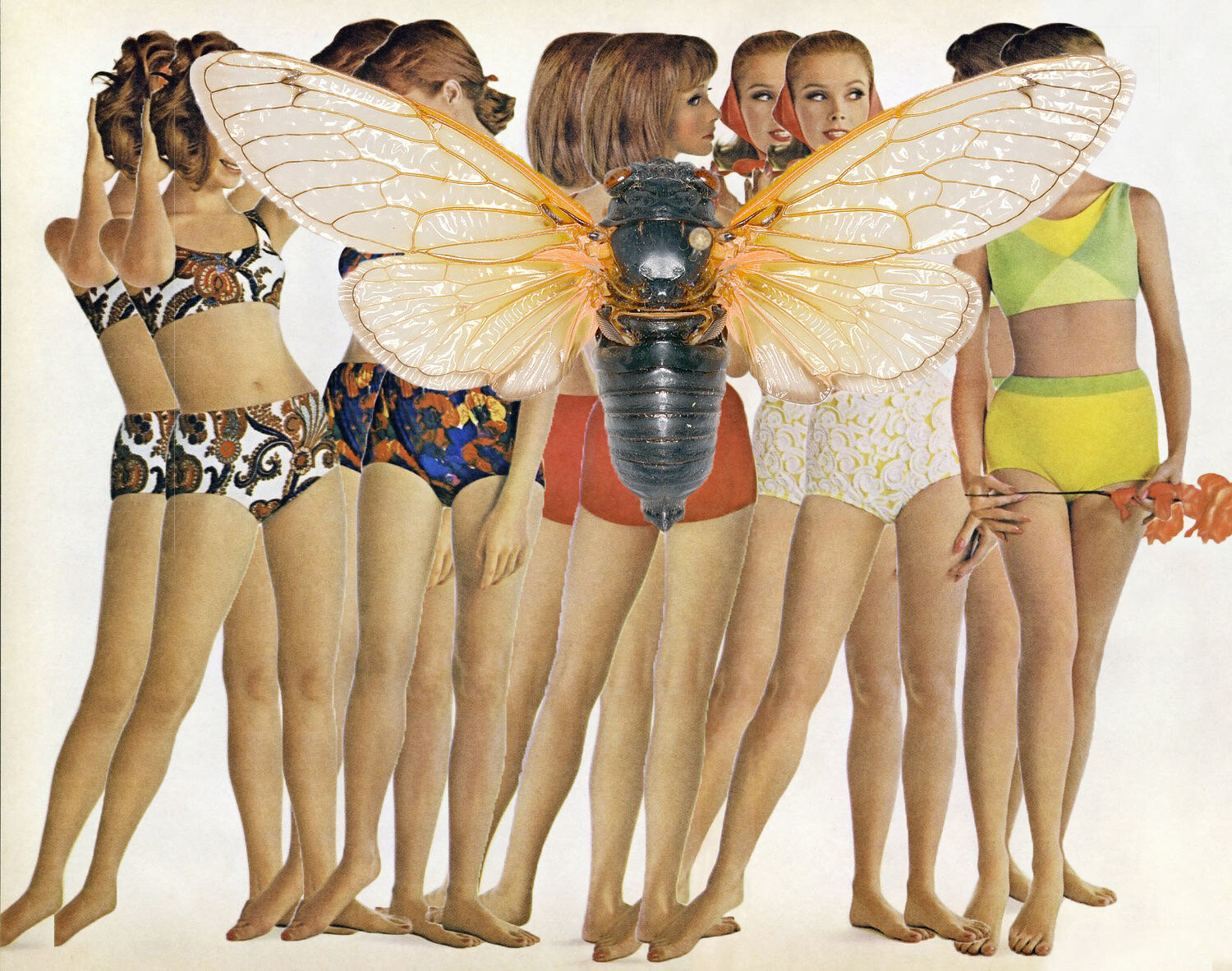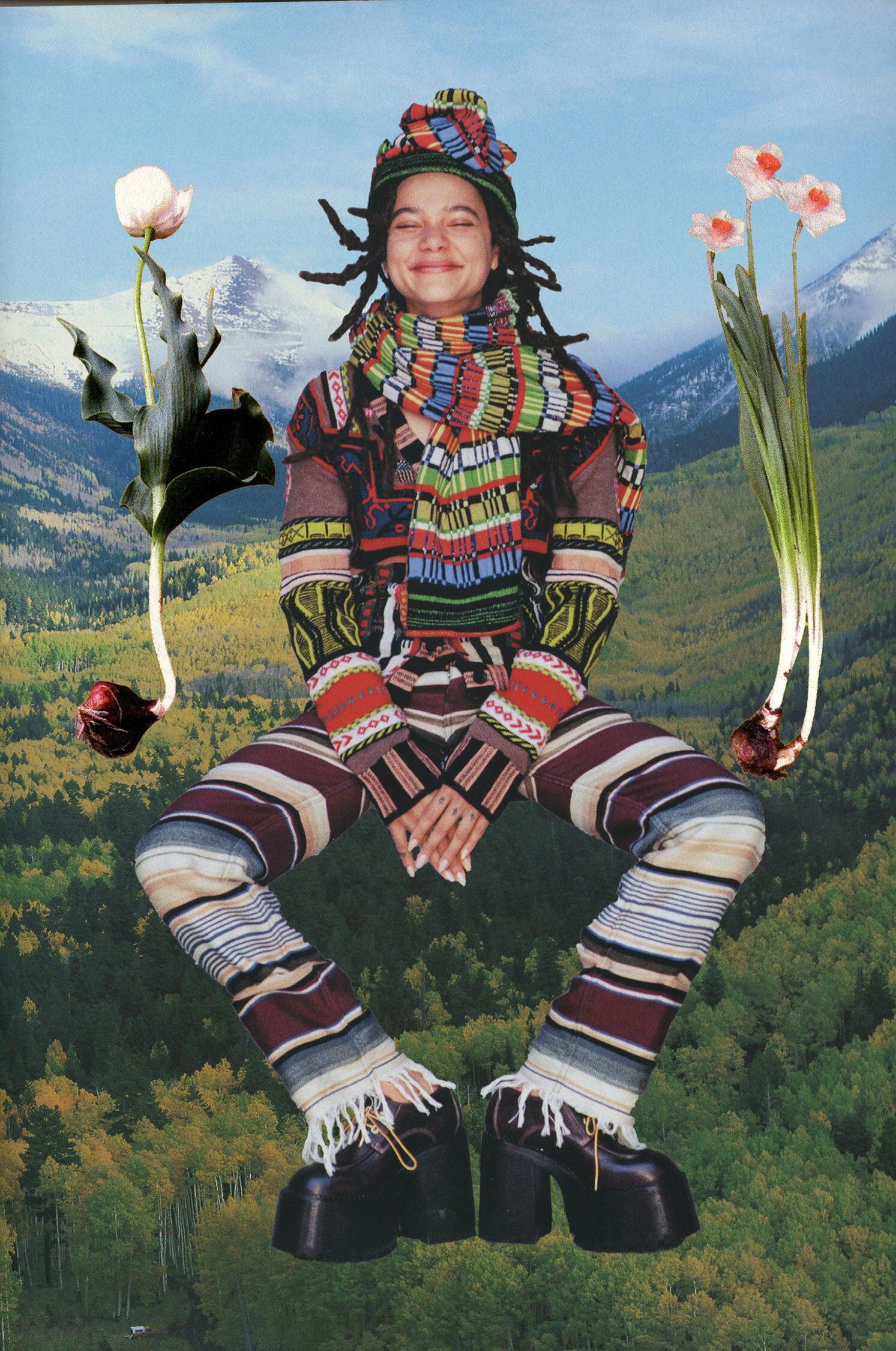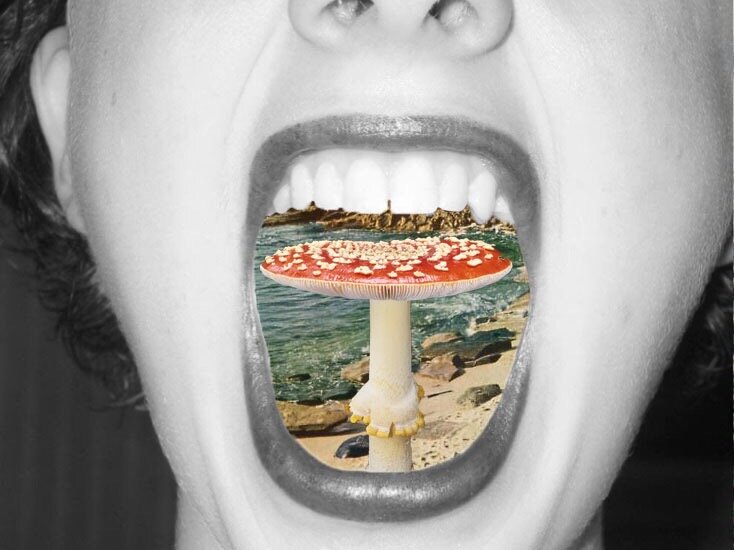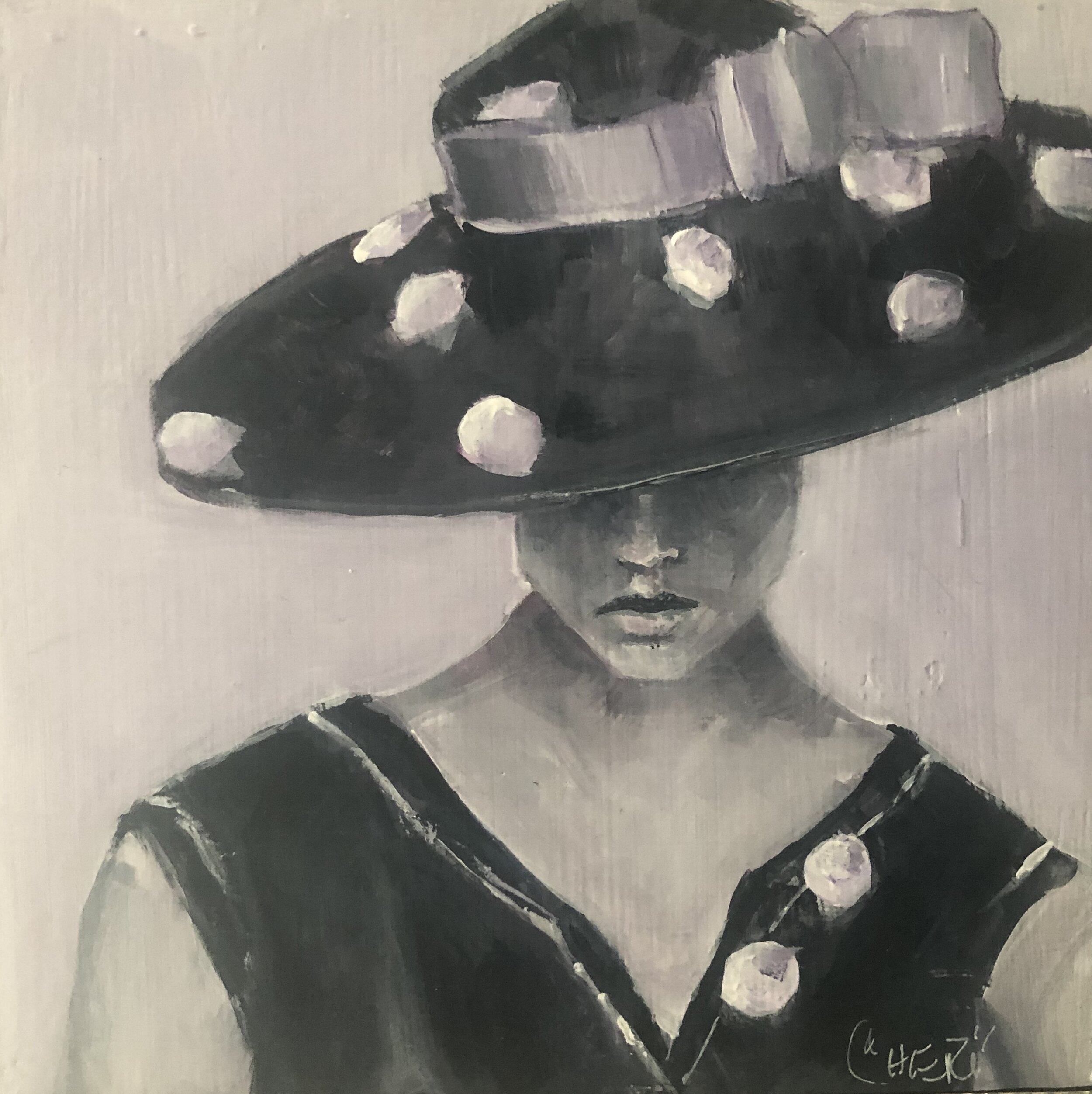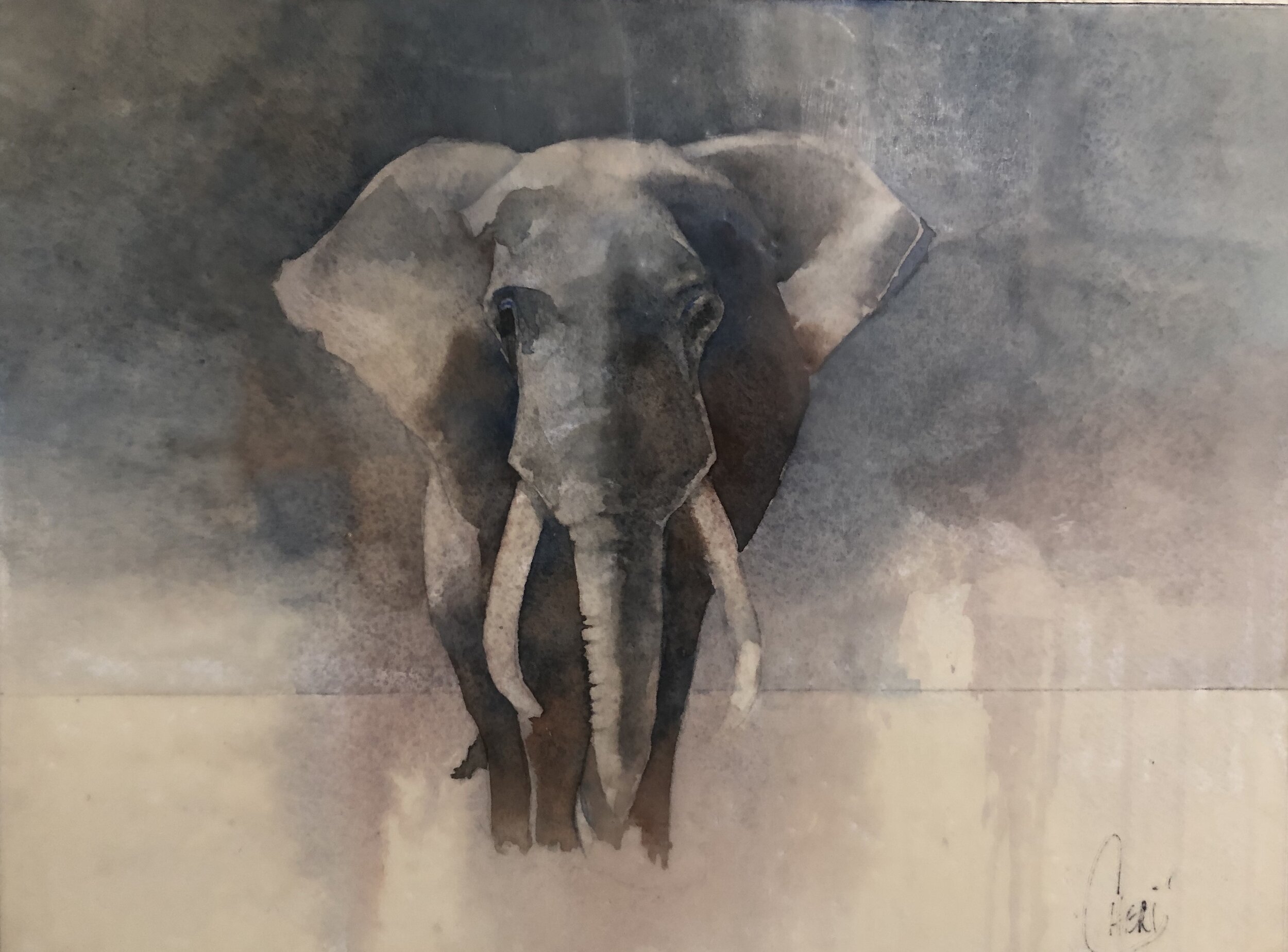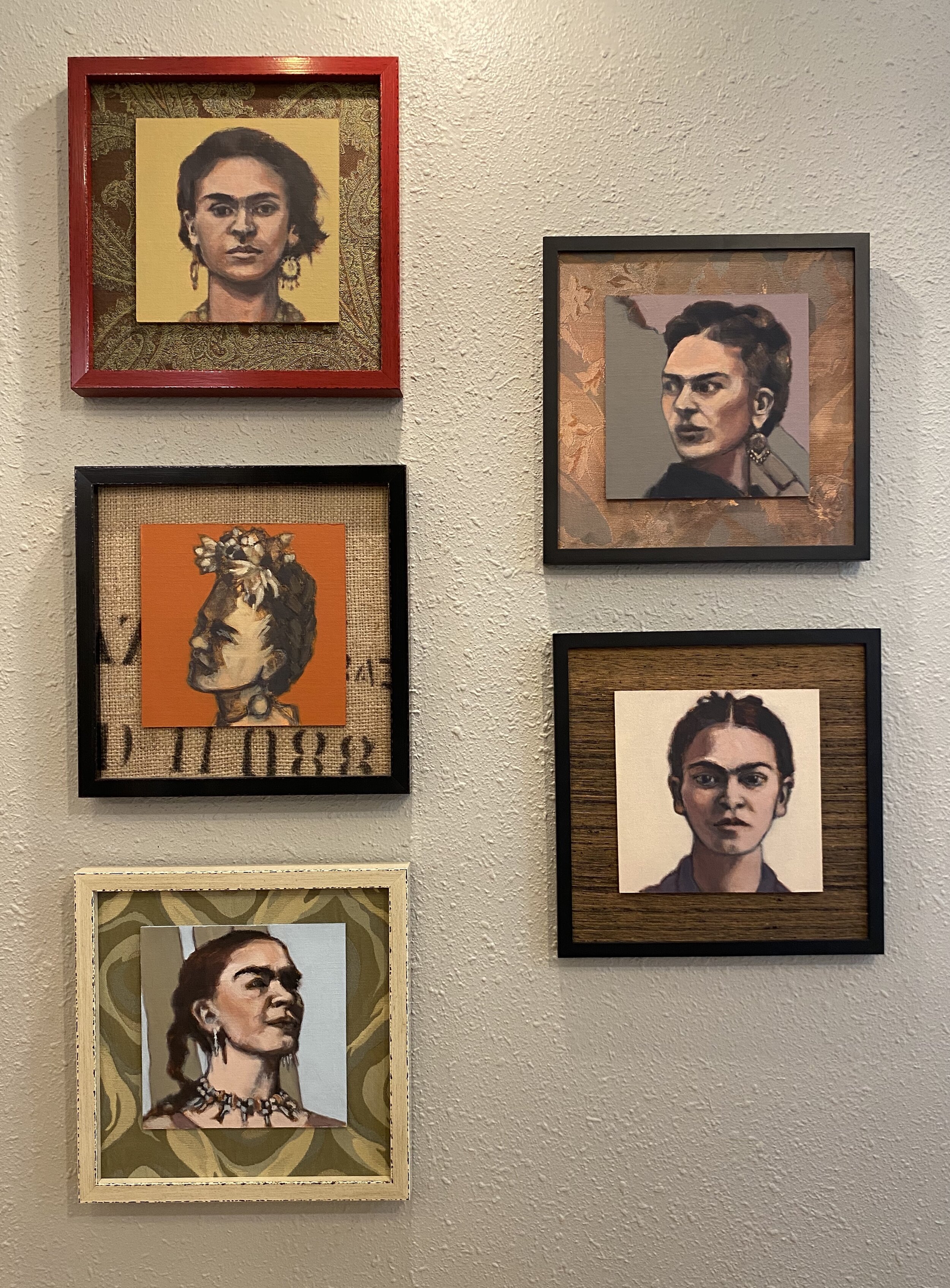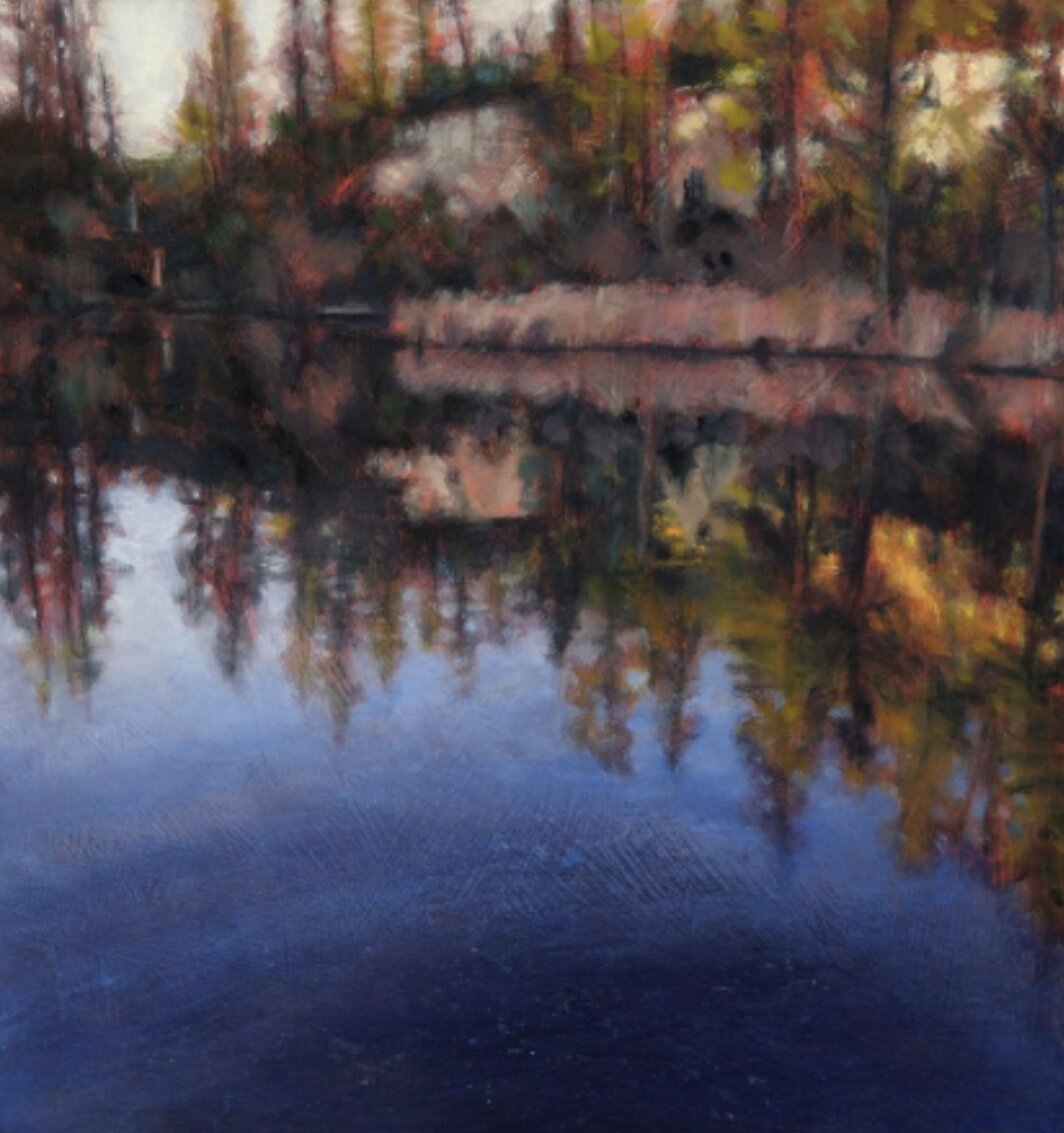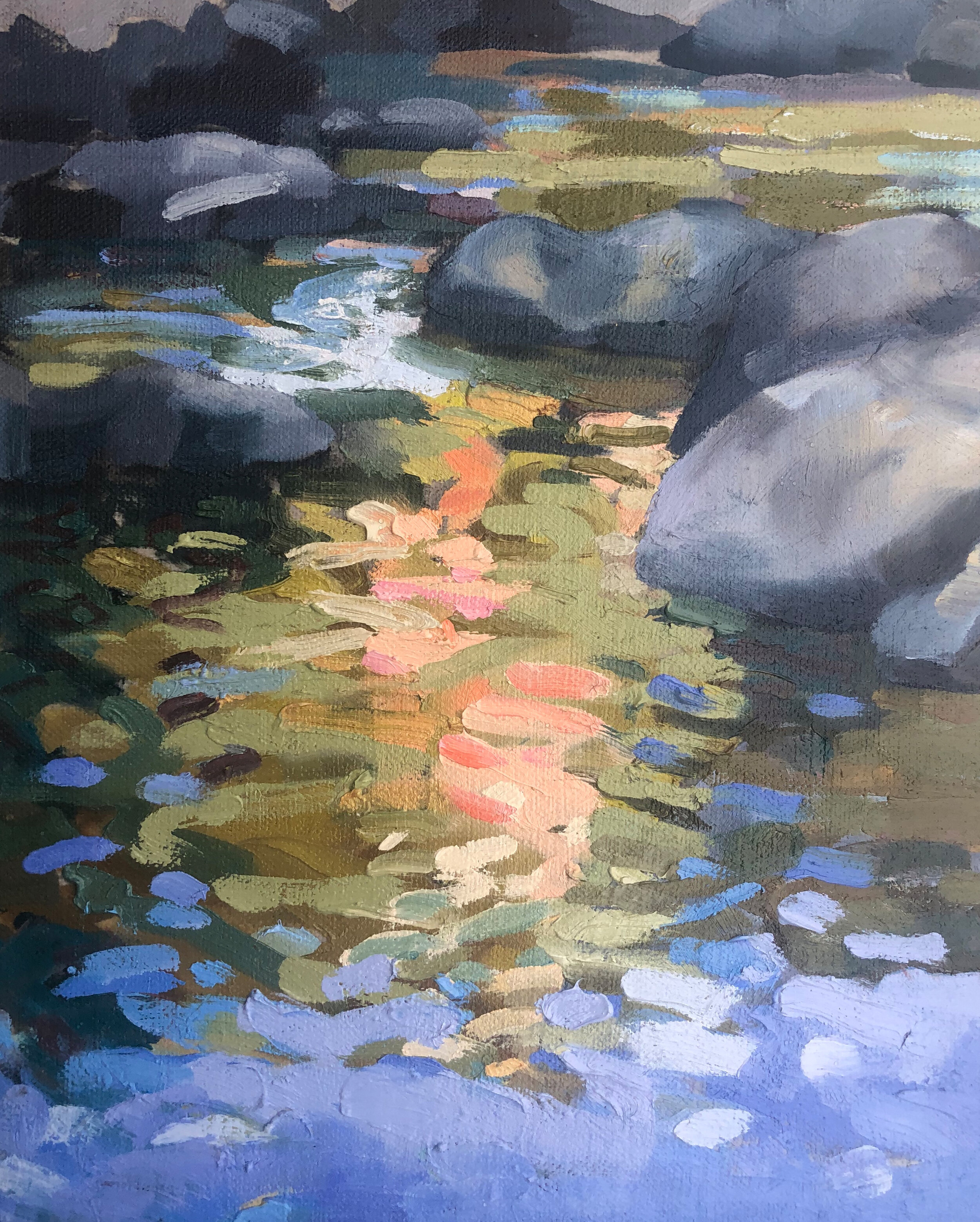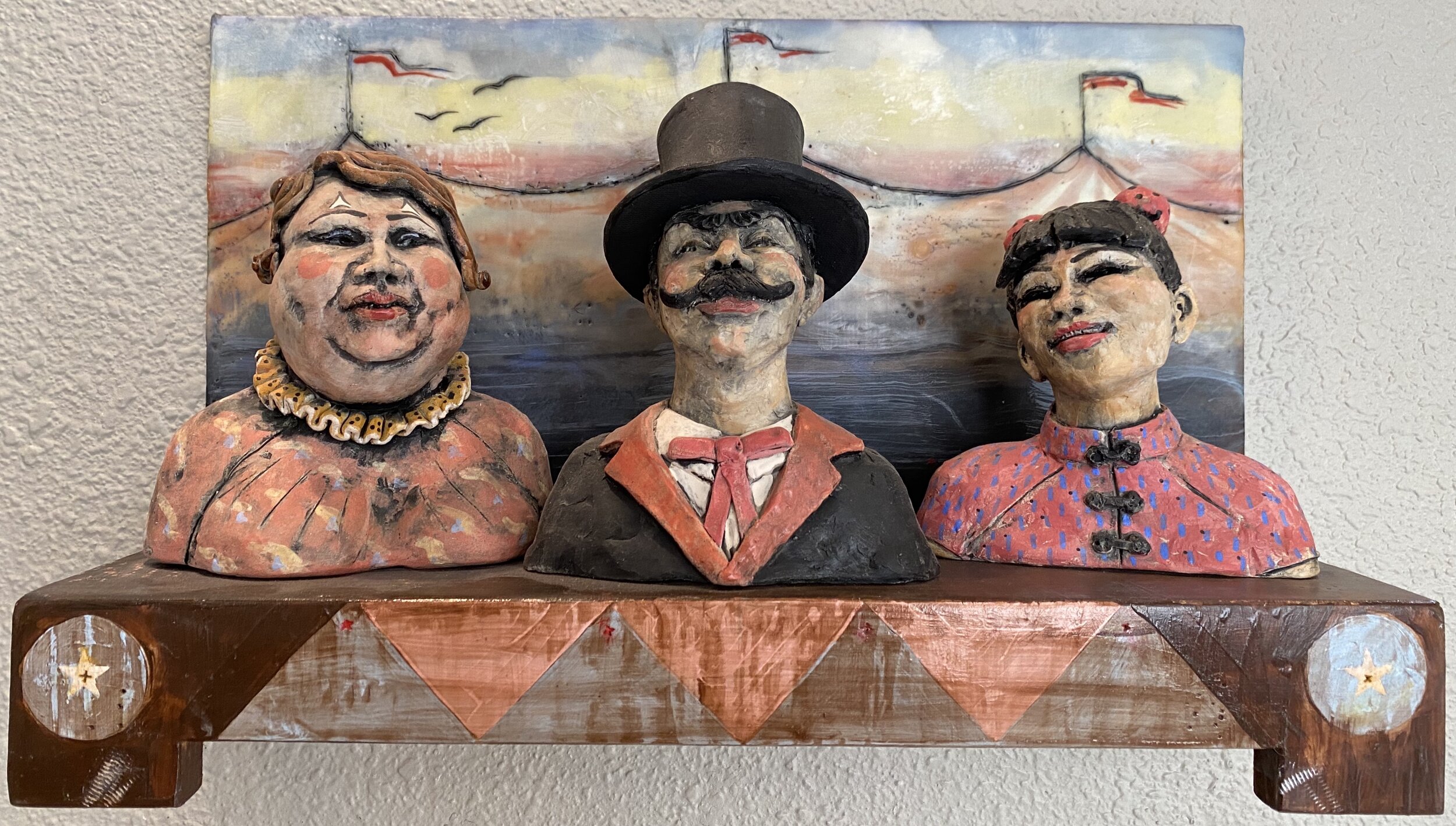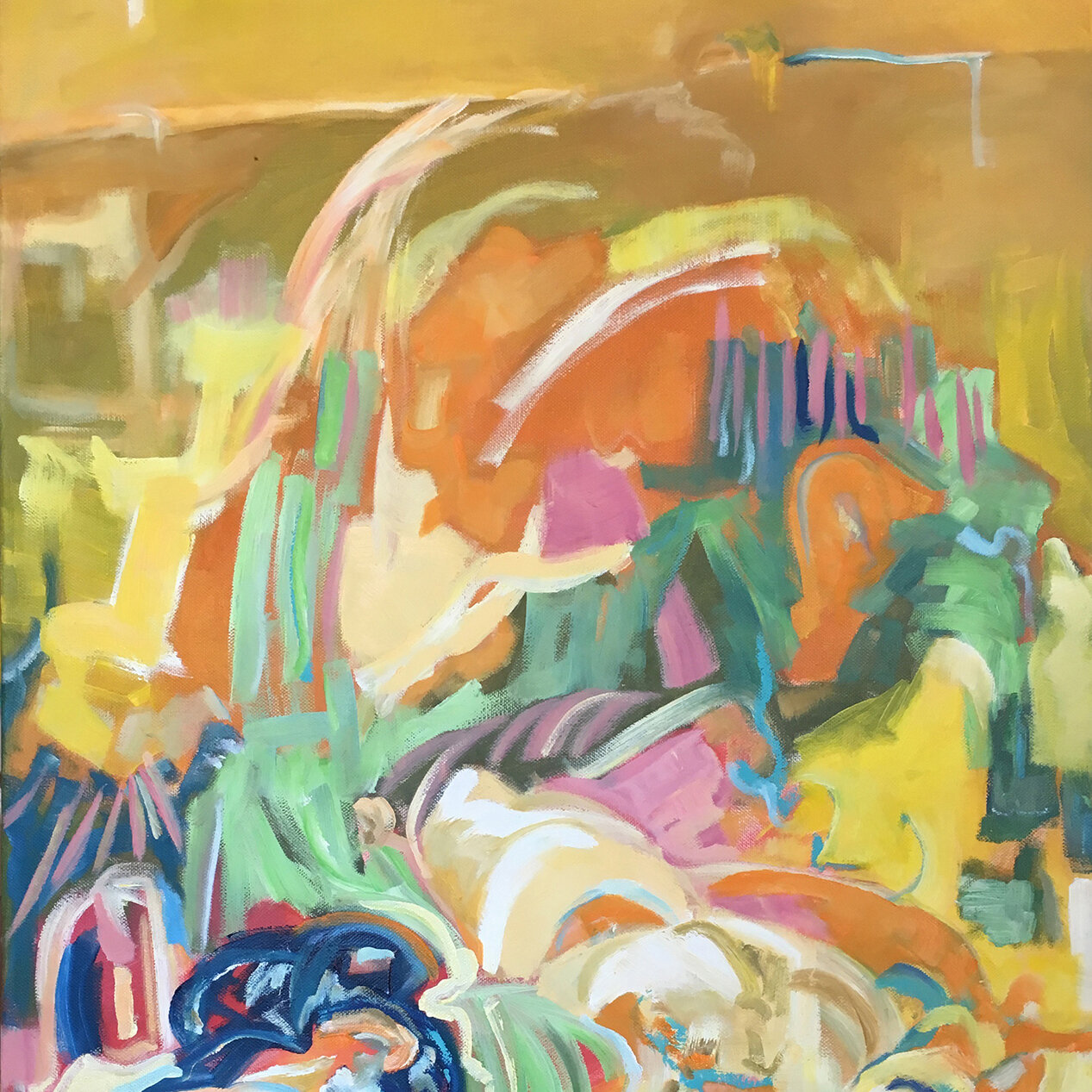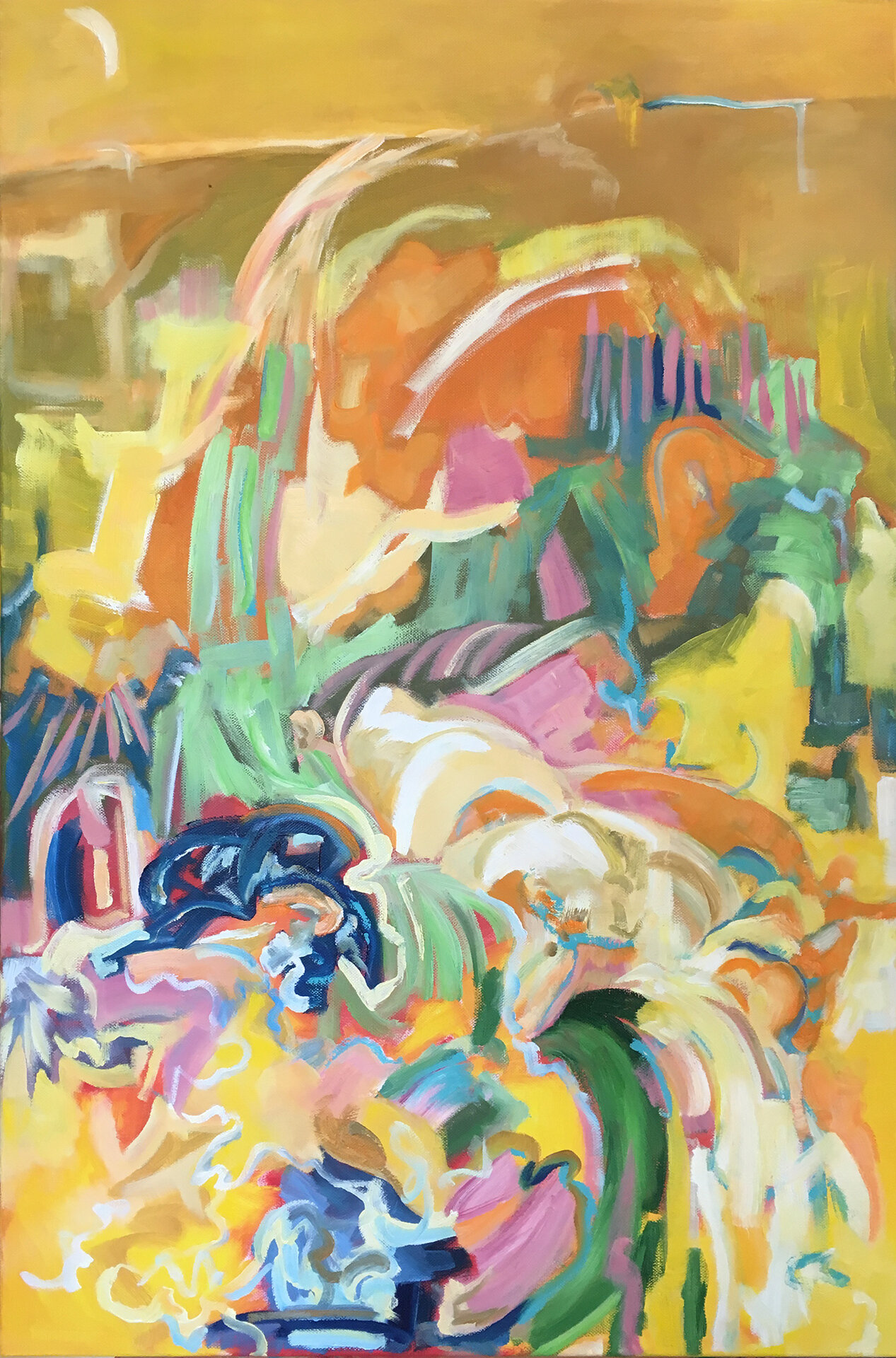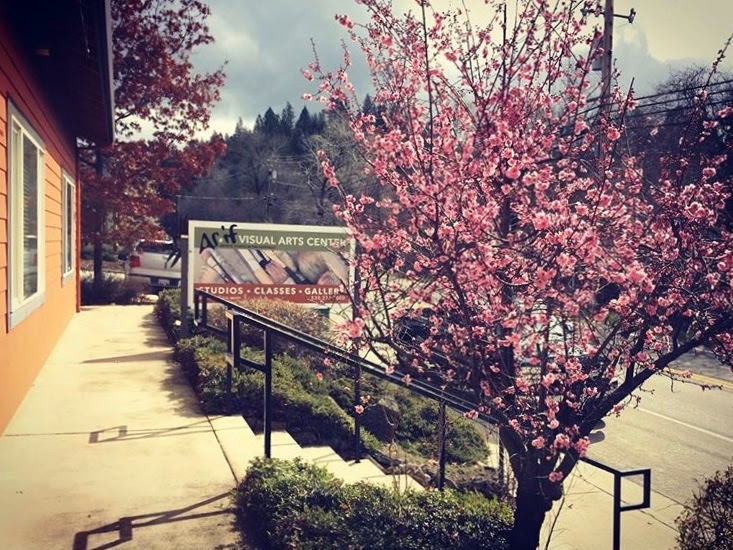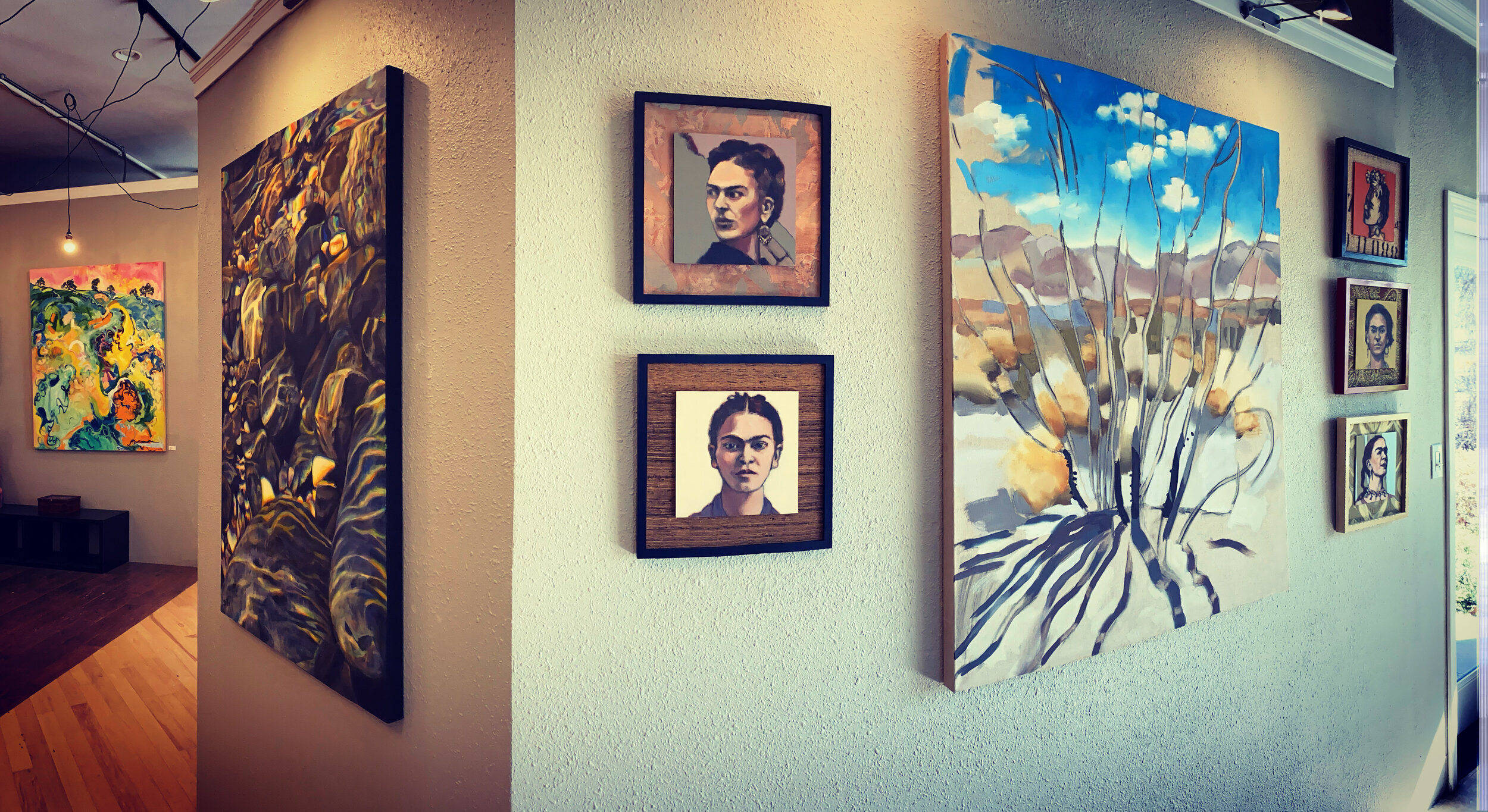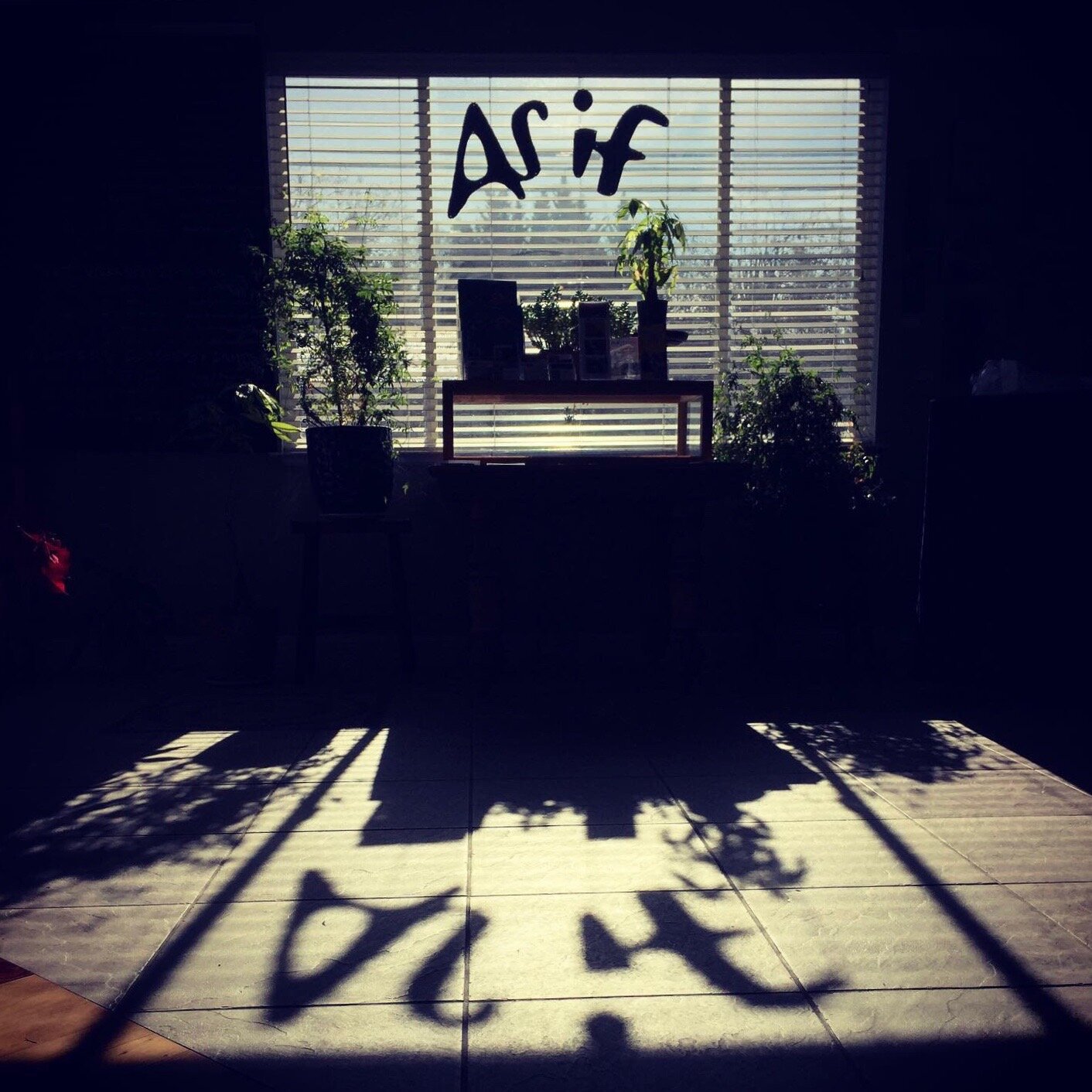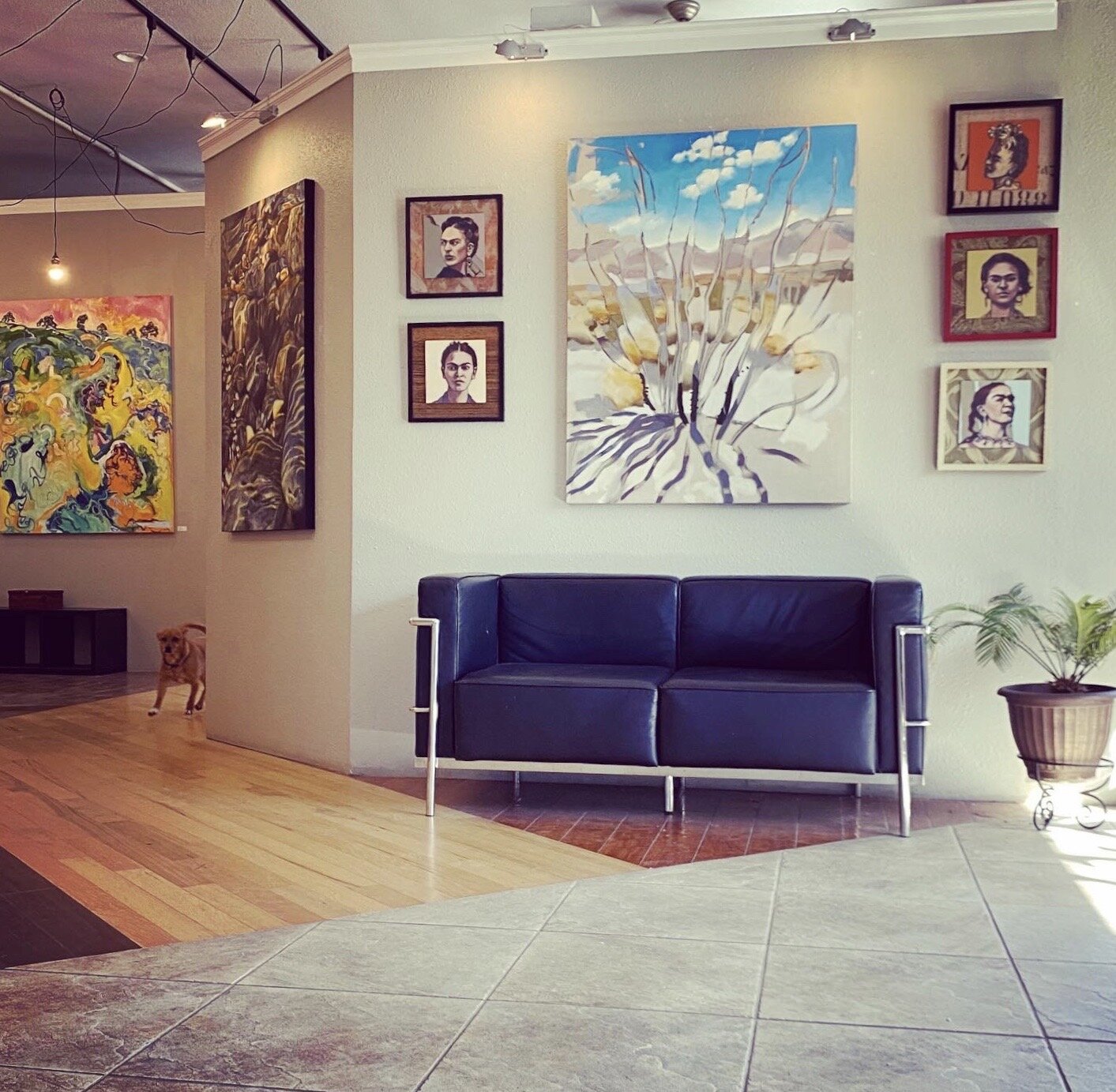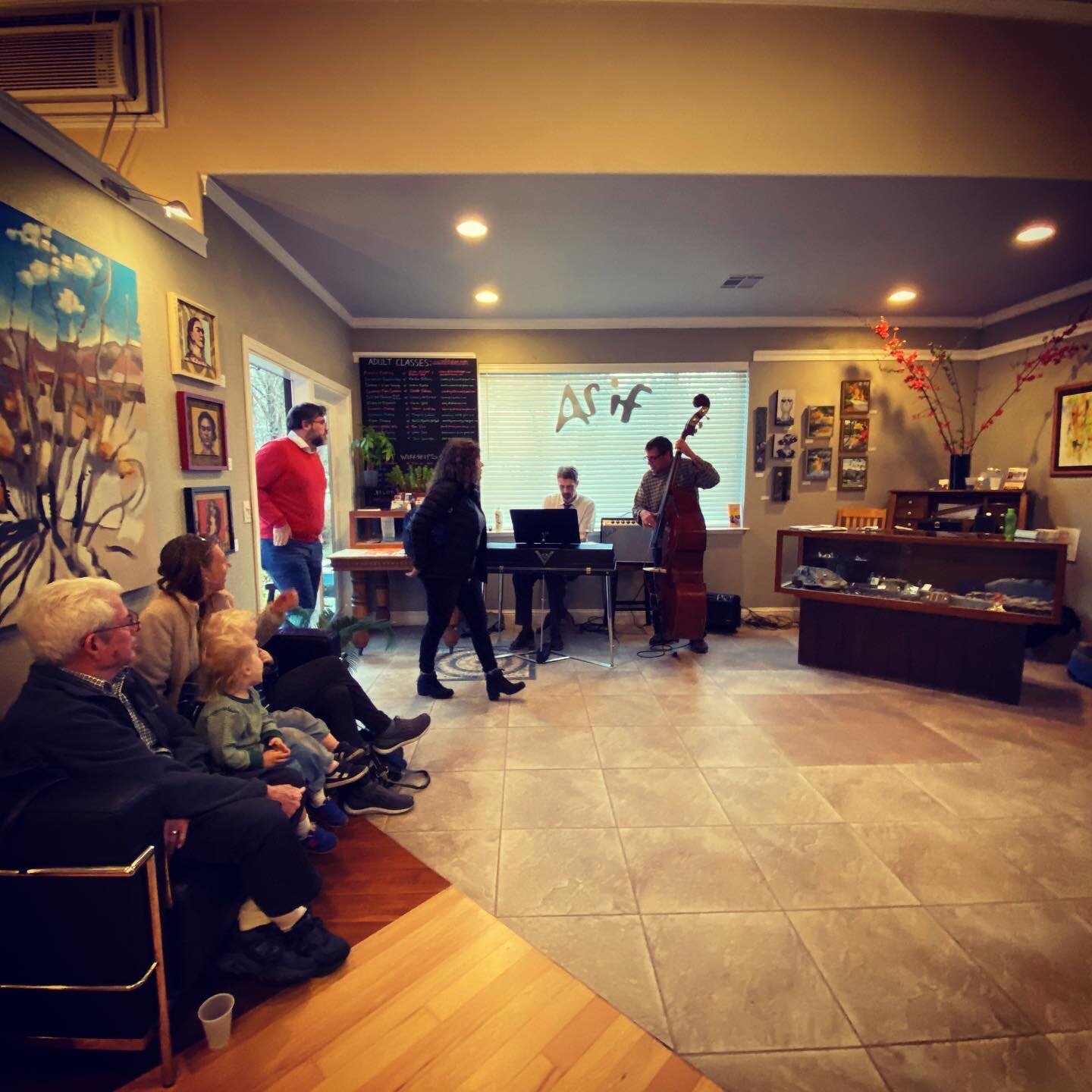With Mariela Cunqueiro…
Visit this page for upcoming Pyrography Classes, Workshops and Sip & Burn Parties & Events!




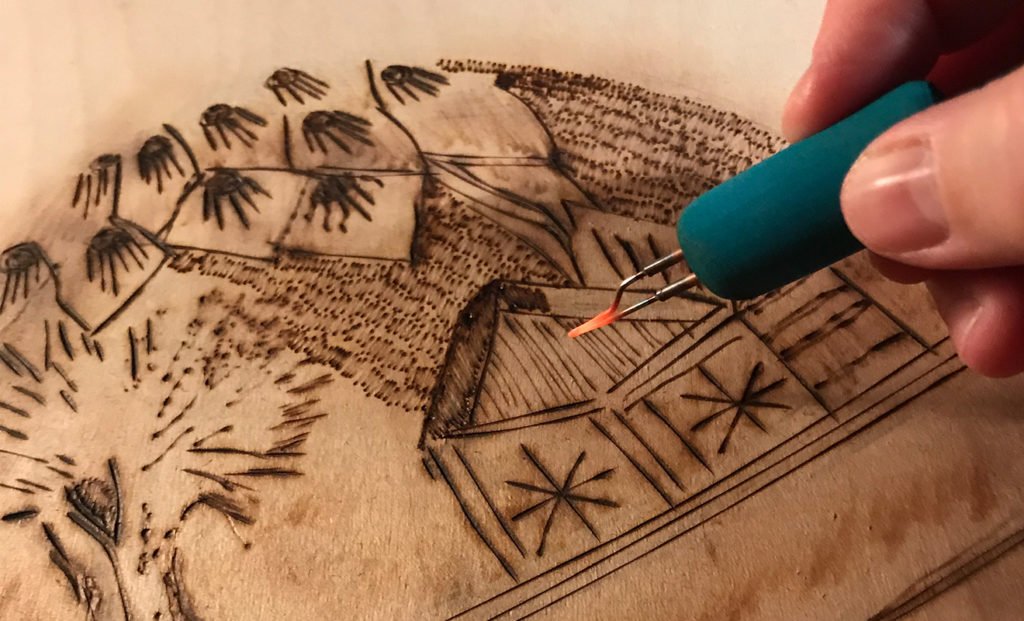

Sign up for one of TWO
2 Hour Pyrography Workshops!
with Mariela Cunquiero
All tools & materials provided
Saturday, April 5th, 4 - 6pm FINISHED
Saturday, April 12th, 4 - 6pm - SPOTS STILL AVAILABLE!
Choose from 3 Projects:
CLOCK $75
CHEESEBOARD $50
EASTER EGGS (6) $50 w/ decorative metallic pigments!
Save your spot Via Venmo: @Mariela-Cunqueiro
Contact Mariela to confirm registration:
marielacun@gmail.com / 603-809-6938
Pyrography Basics - The Art of Wood Burning
Upcoming dates TBA!
Two hour workshop: $75 - Tools & Materials Provided
Students will learn the basics of pyrography to create their own beautiful, one of a kind hand made wooden clock, cheeseboard or set of holiday ornaments.
Save your spot Via Venmo: @Mariela-Cunqueiro
Contact Mariela to confirm registration:
marielacun@gmail.com / 603-809-6938
Pyrography is the free handed art of decorating wood or other materials with burn marks resulting from the controlled application of a heated object such as a poker. It is also known as pokerwork or wood burning.
The term means "writing with fire", from the Greek pyr (fire) and graphos (writing). It can be practiced using specialized modern pyrography tools, or using a metal implement heated in a fire, or even sunlight concentrated with a magnifying lens. "Pyrography dates from the 17th century and reached its highest standard in the 19th century. In its crude form it is pokerwork."
Pyrography is also popular among gourd crafters and artists, where designs are burned onto the exterior of a dried hard-shell gourd.
It has been hypothesized that the art form dates back to prehistory when early humans created designs using the charred remains of their fires. It was known in China from the time of the Han dynasty, where it was known as "Fire Needle Embroidery". During the Victorian era, the invention of pyrography machines sparked a widespread interest in the craft, and it was at this time that the term "pyrography" was coined (previously the name "pokerwork" had been most widely used). In the late 19th century, a Melbourne architect by the name of Alfred Smart discovered that water-based paint could be applied hot to wood by pumping benzoline fumes through a heated hollow platinum pencil.
This improved the pokerwork process by allowing the addition of tinting and shading that were previously impossible. In the early 20th century, the development of the electric pyrographic hot wire wood etching machine further automated the pokerwork process, and Art Nouveau pyrographic gloveboxes and other works were popular in that era. Pyrography is a traditional folk art in many parts of Europe, including Romania, Poland, Hungary, and Flanders, as well as Argentina and other areas in South America.




